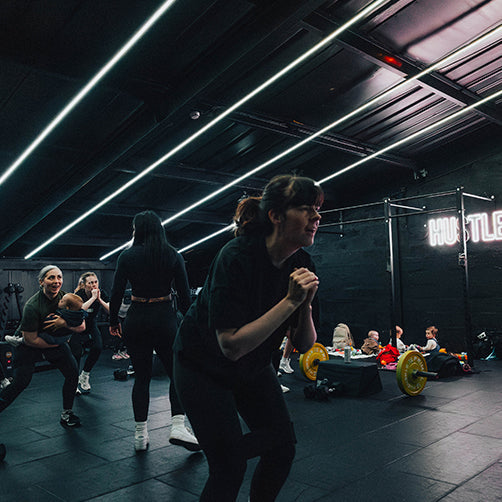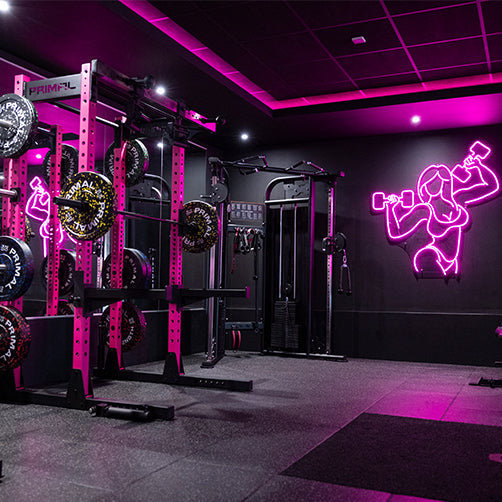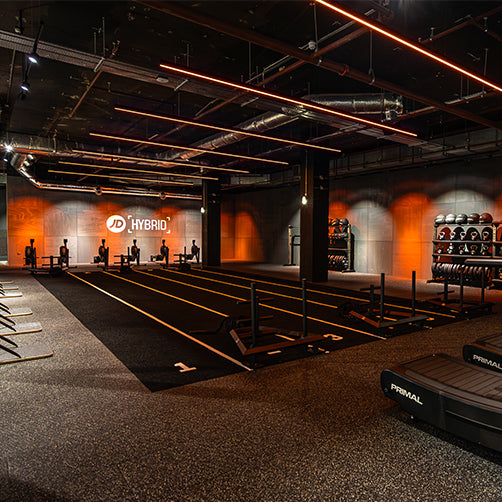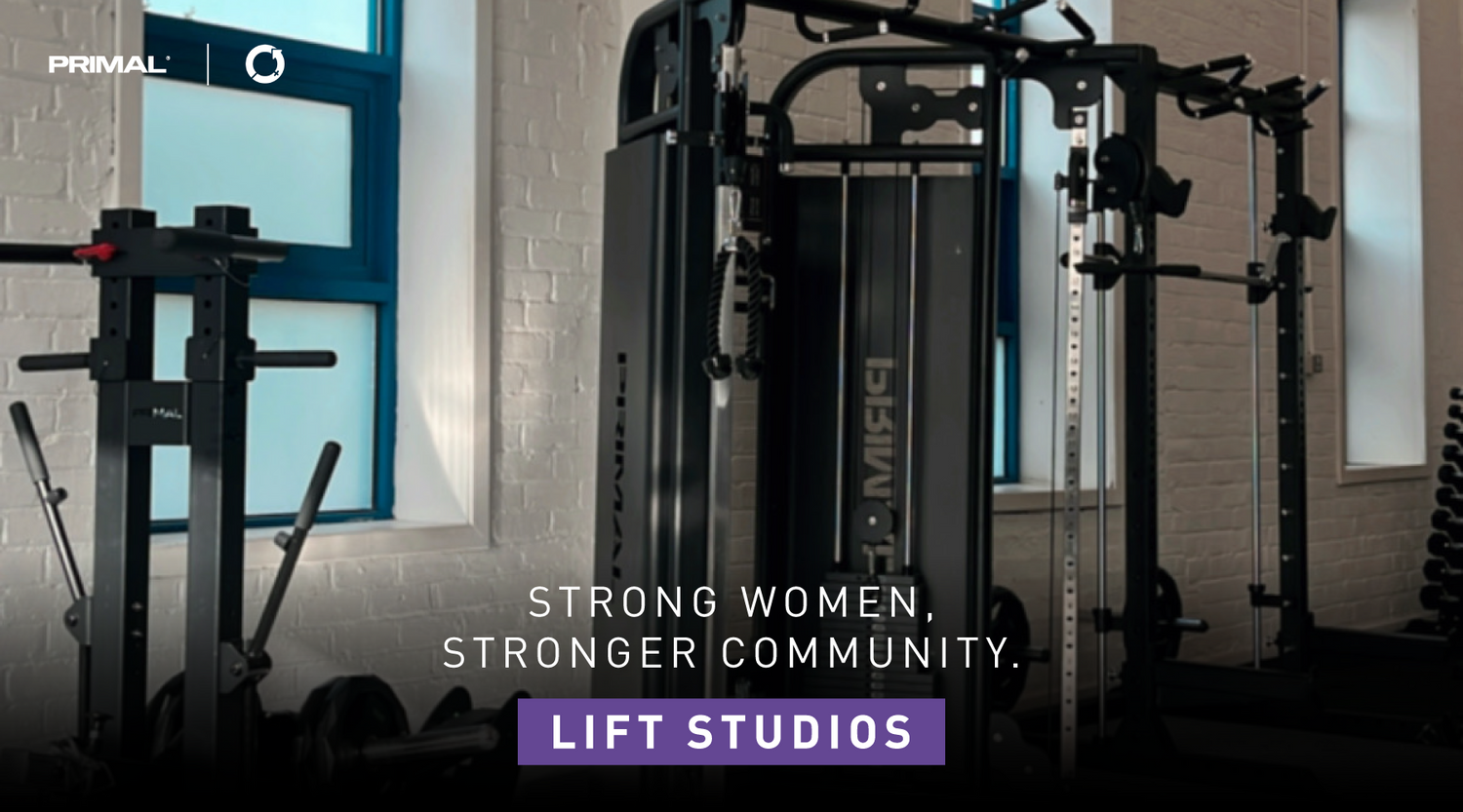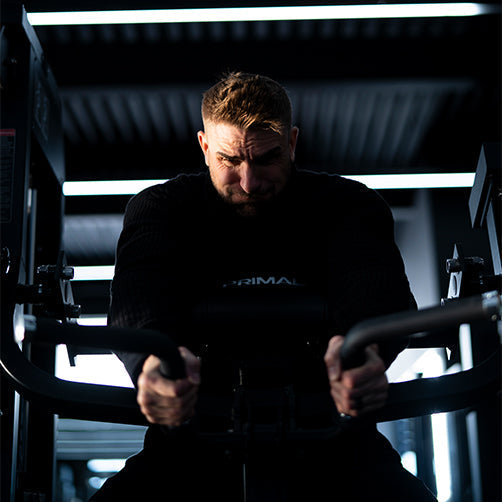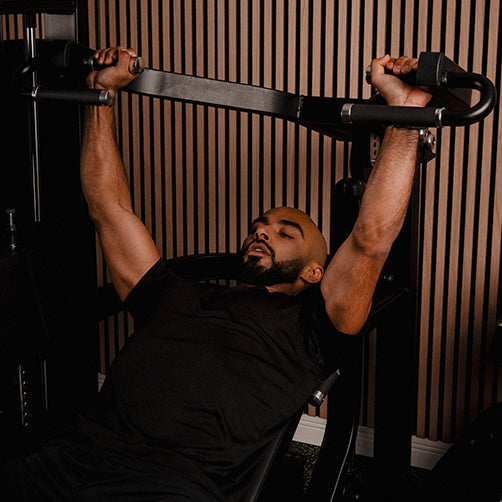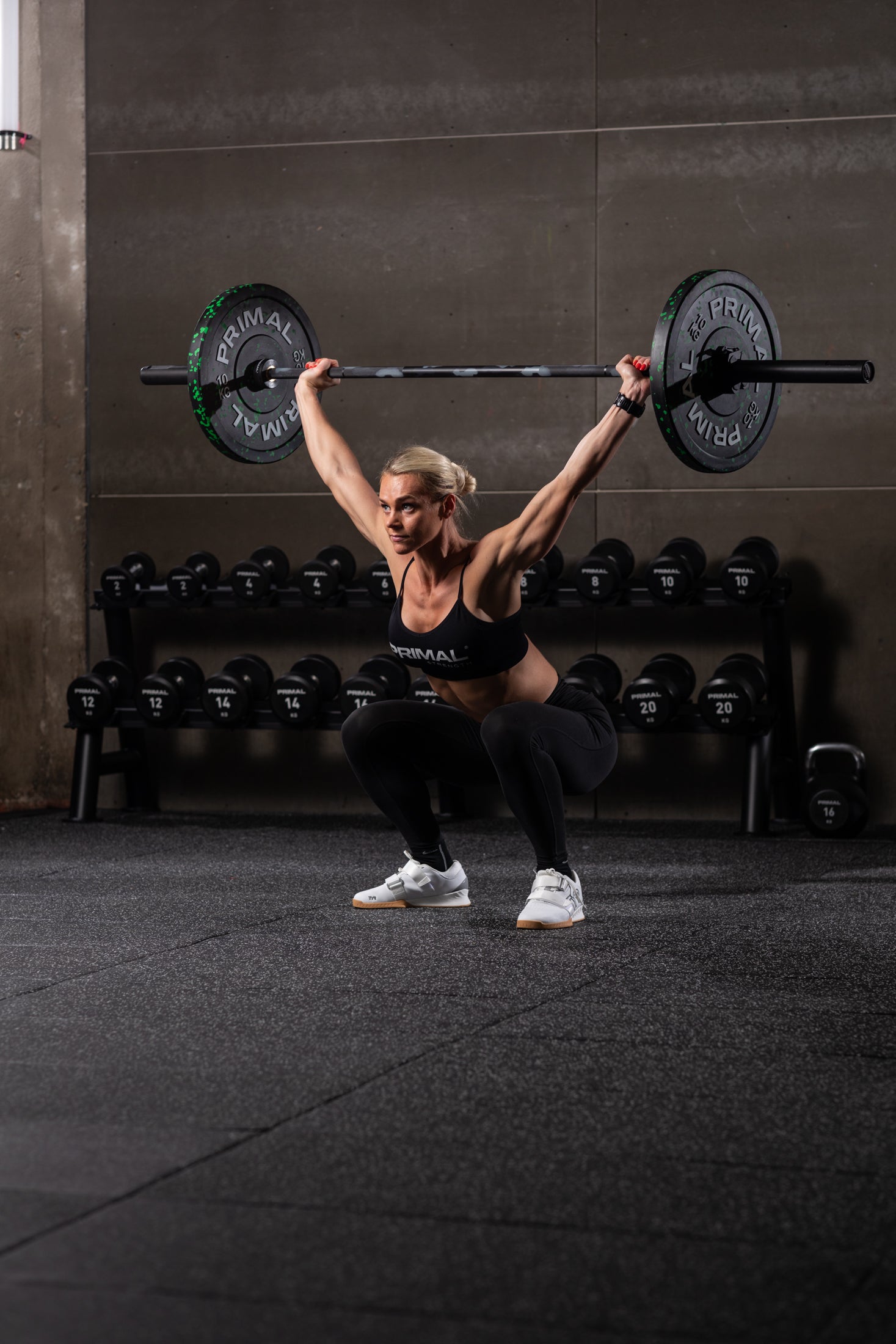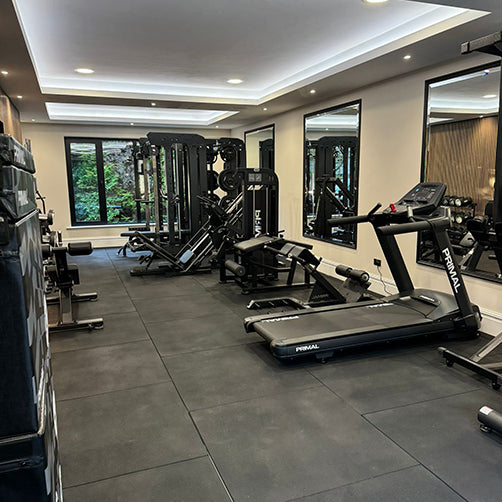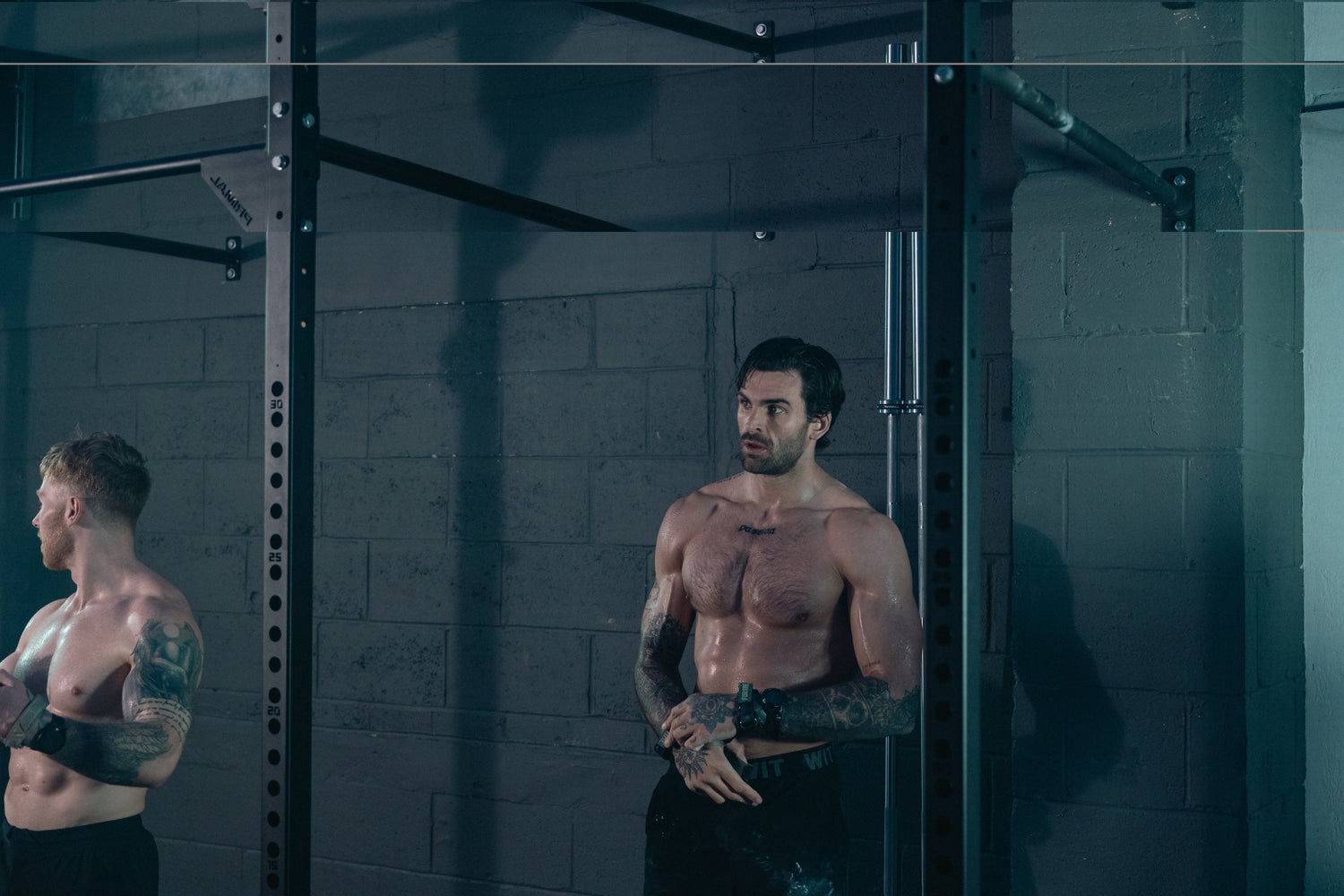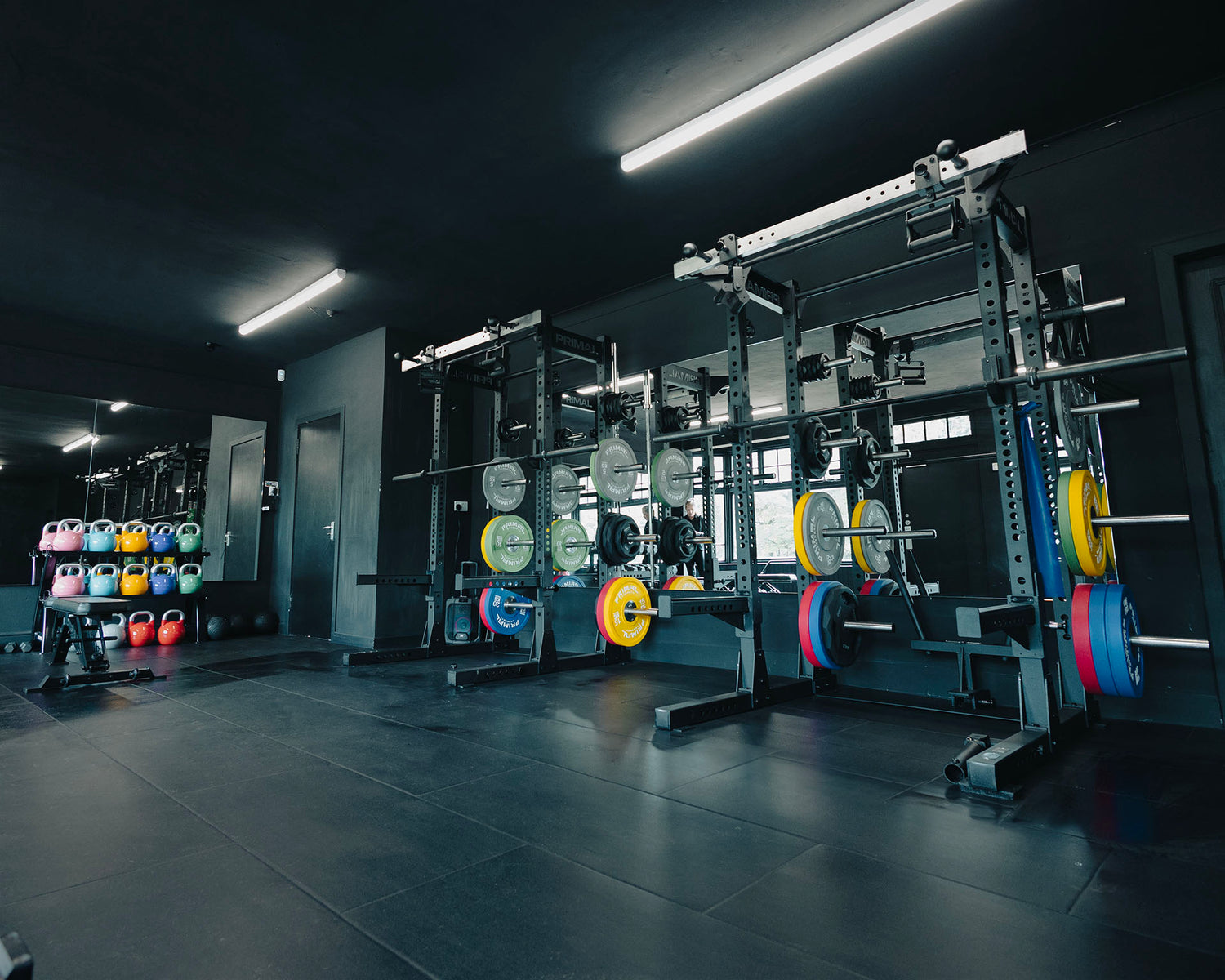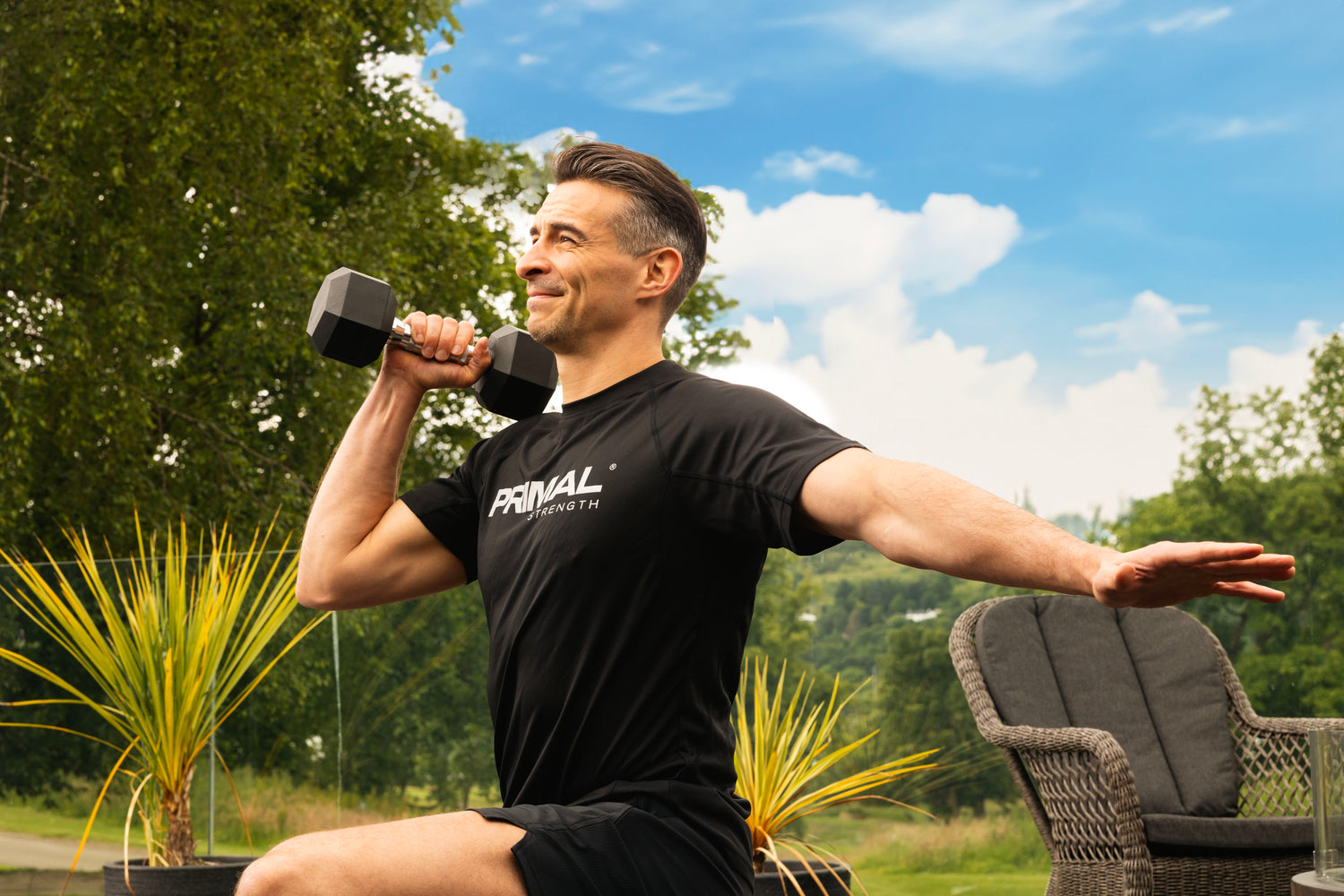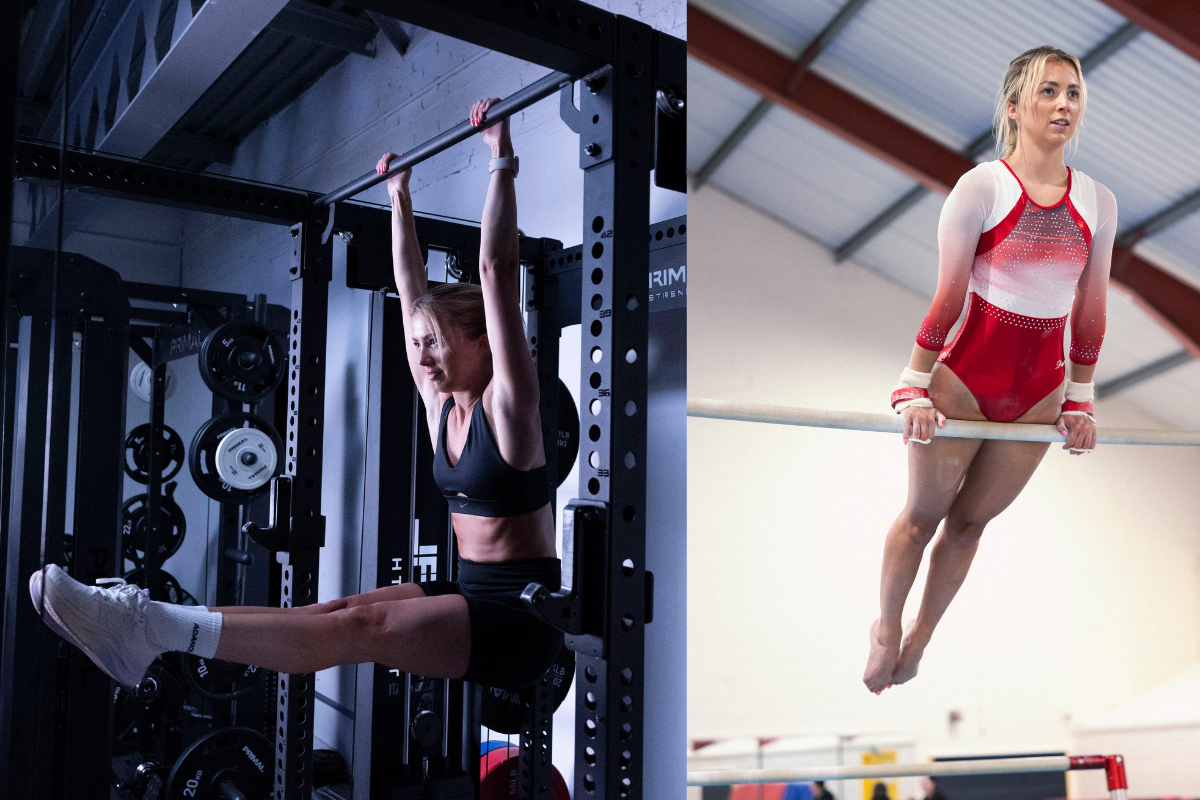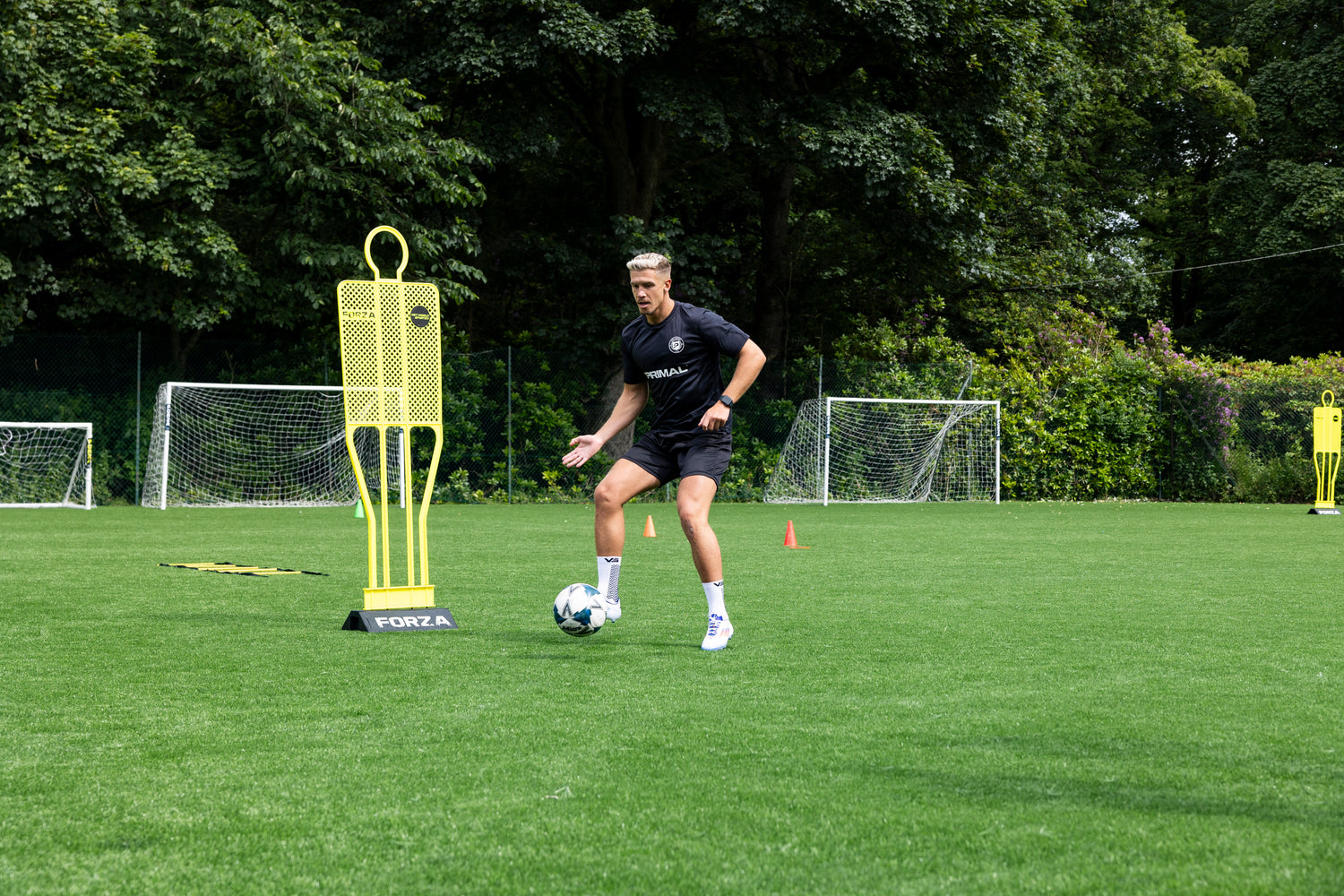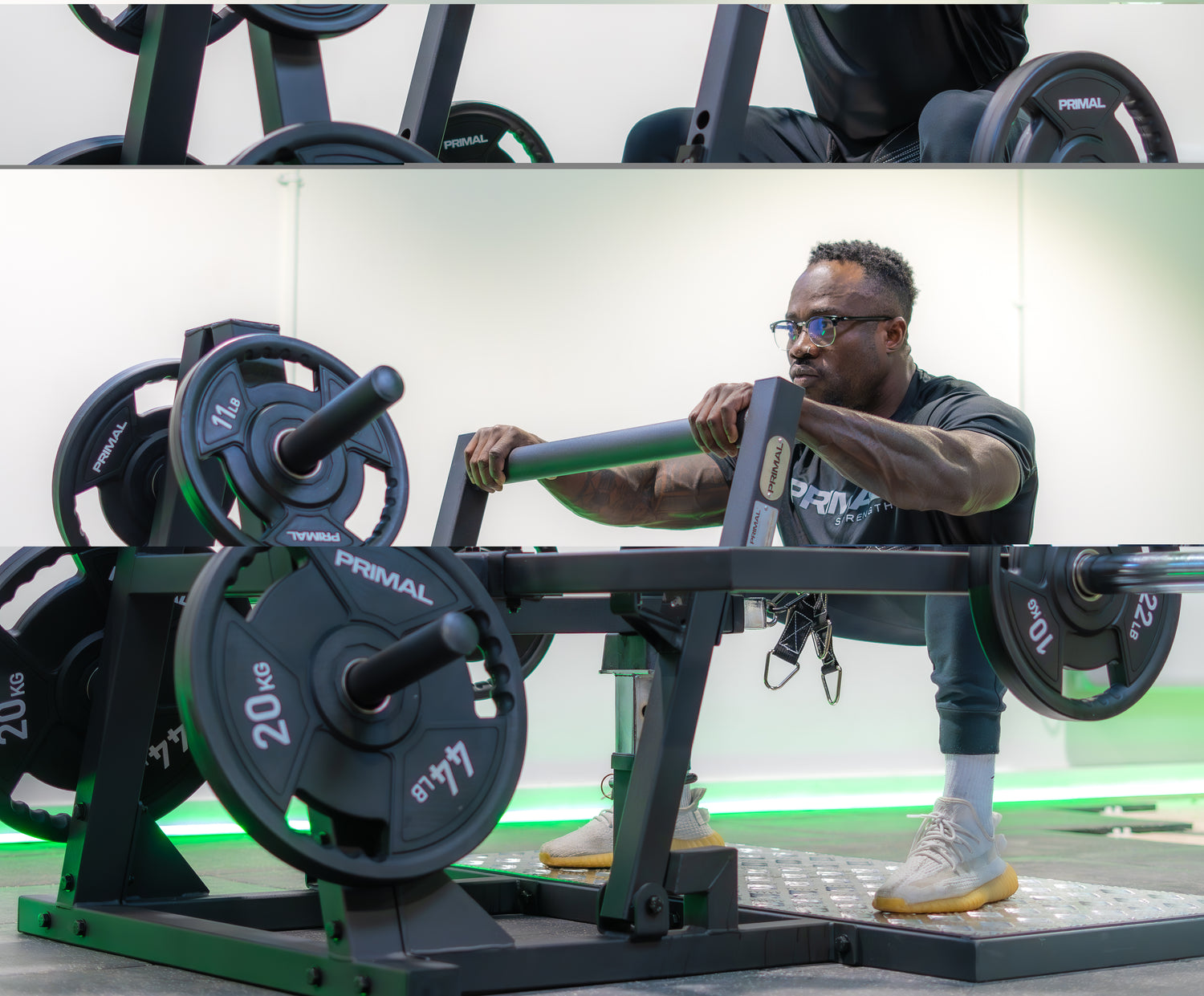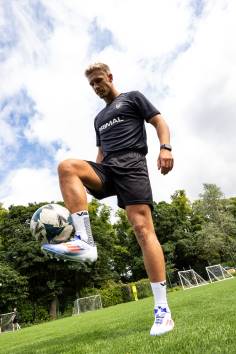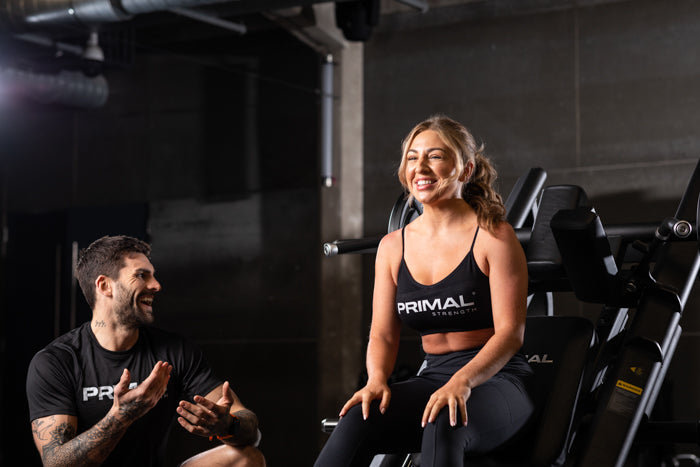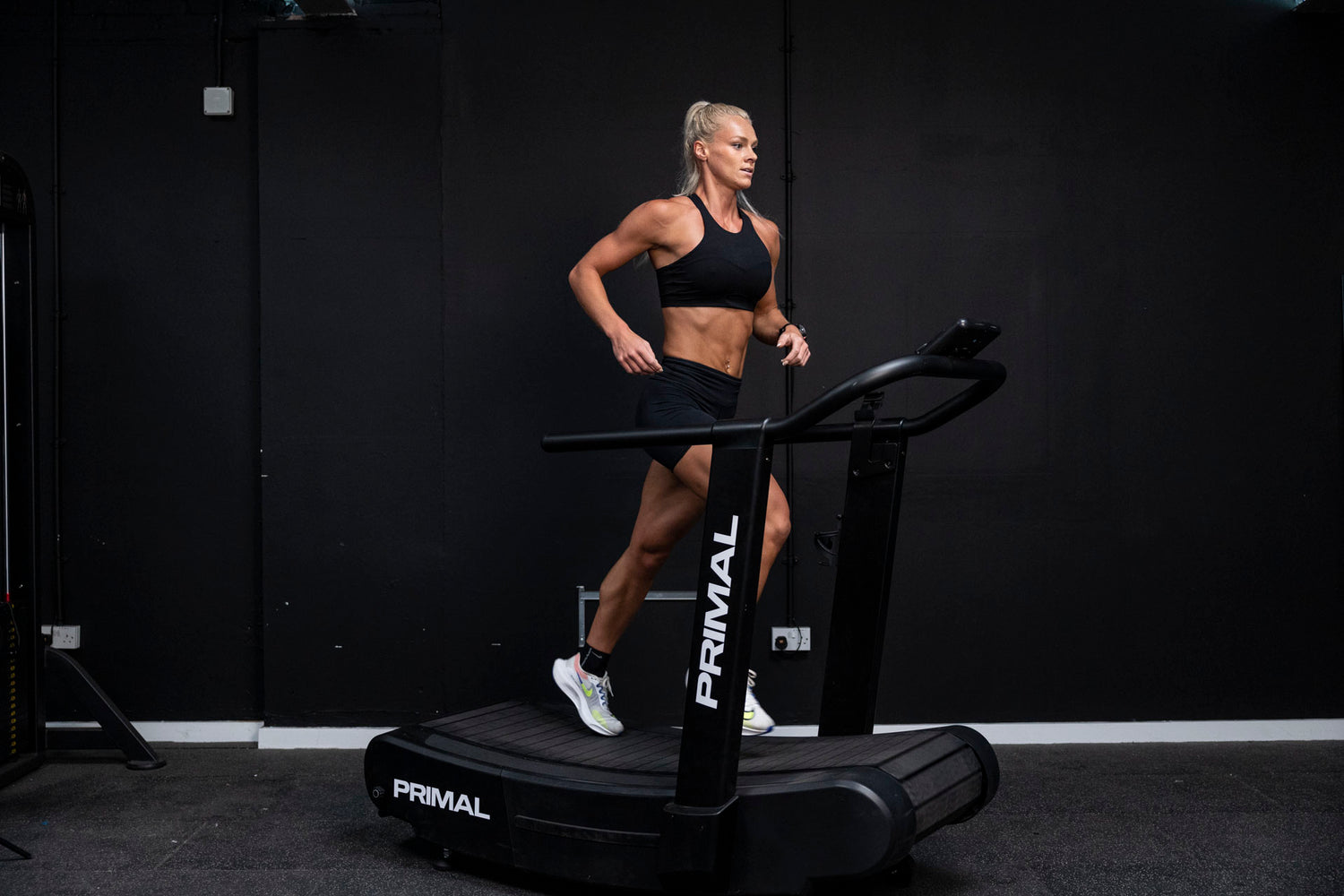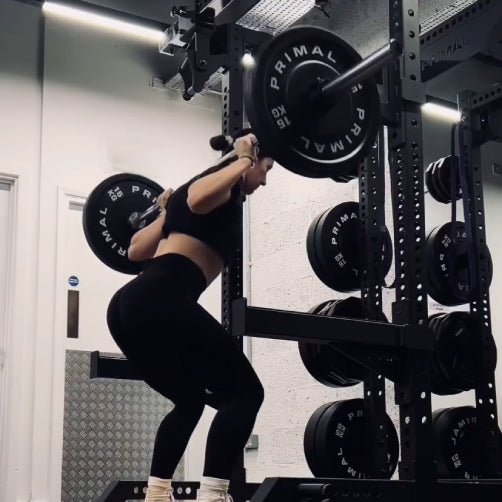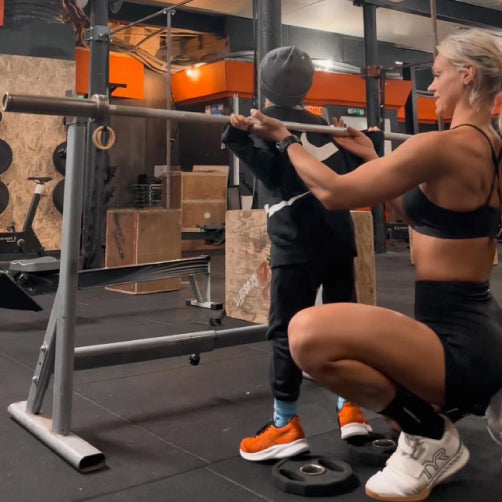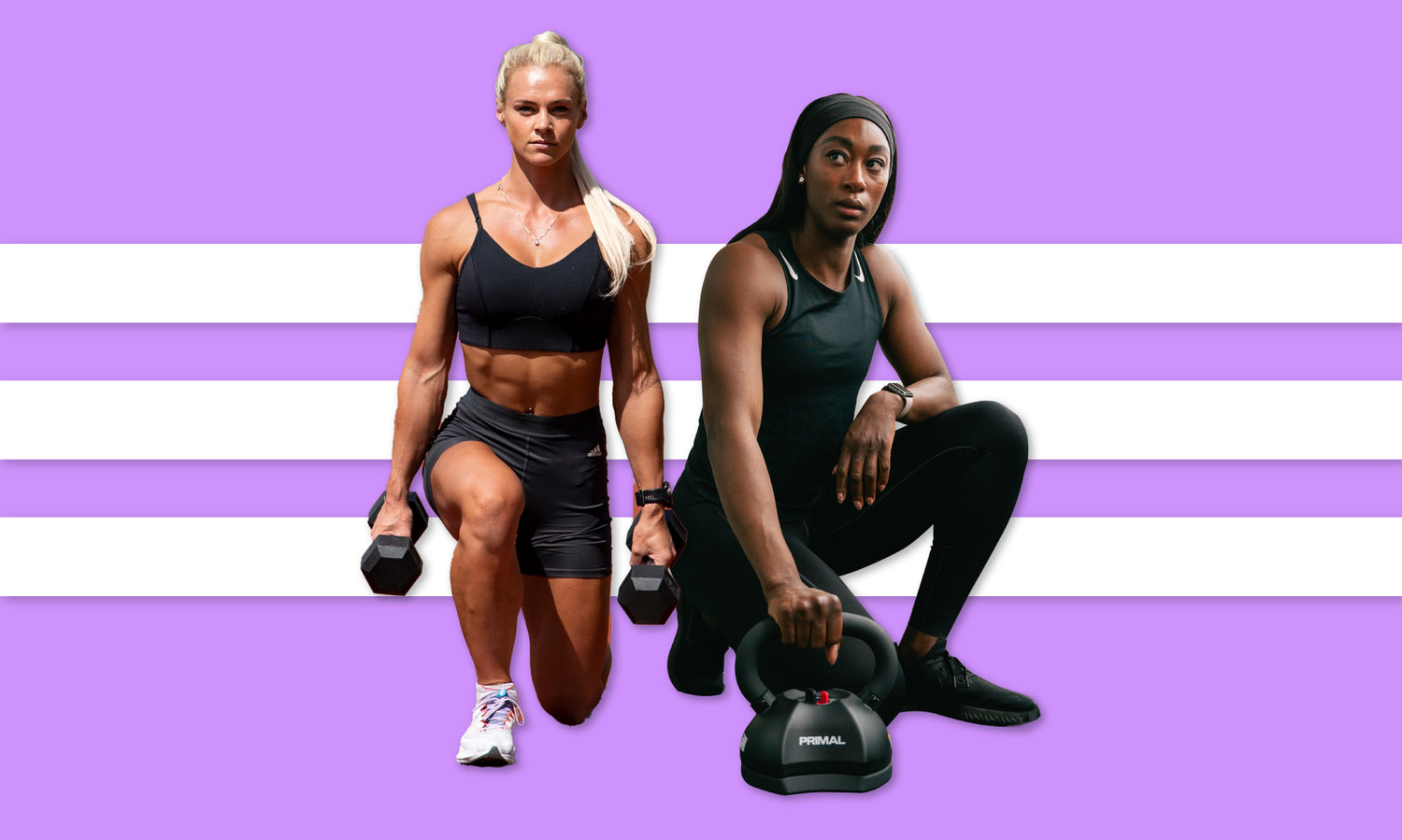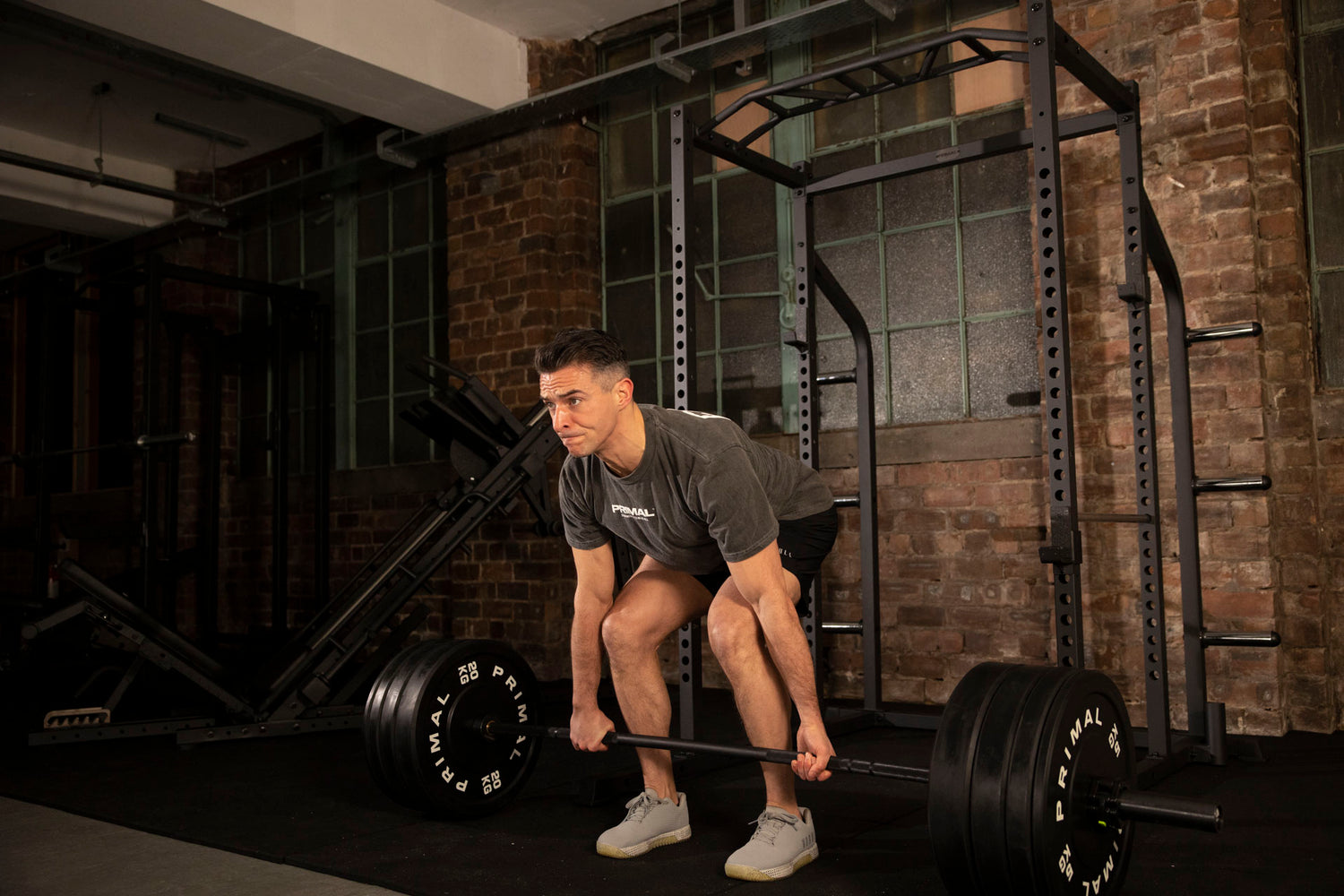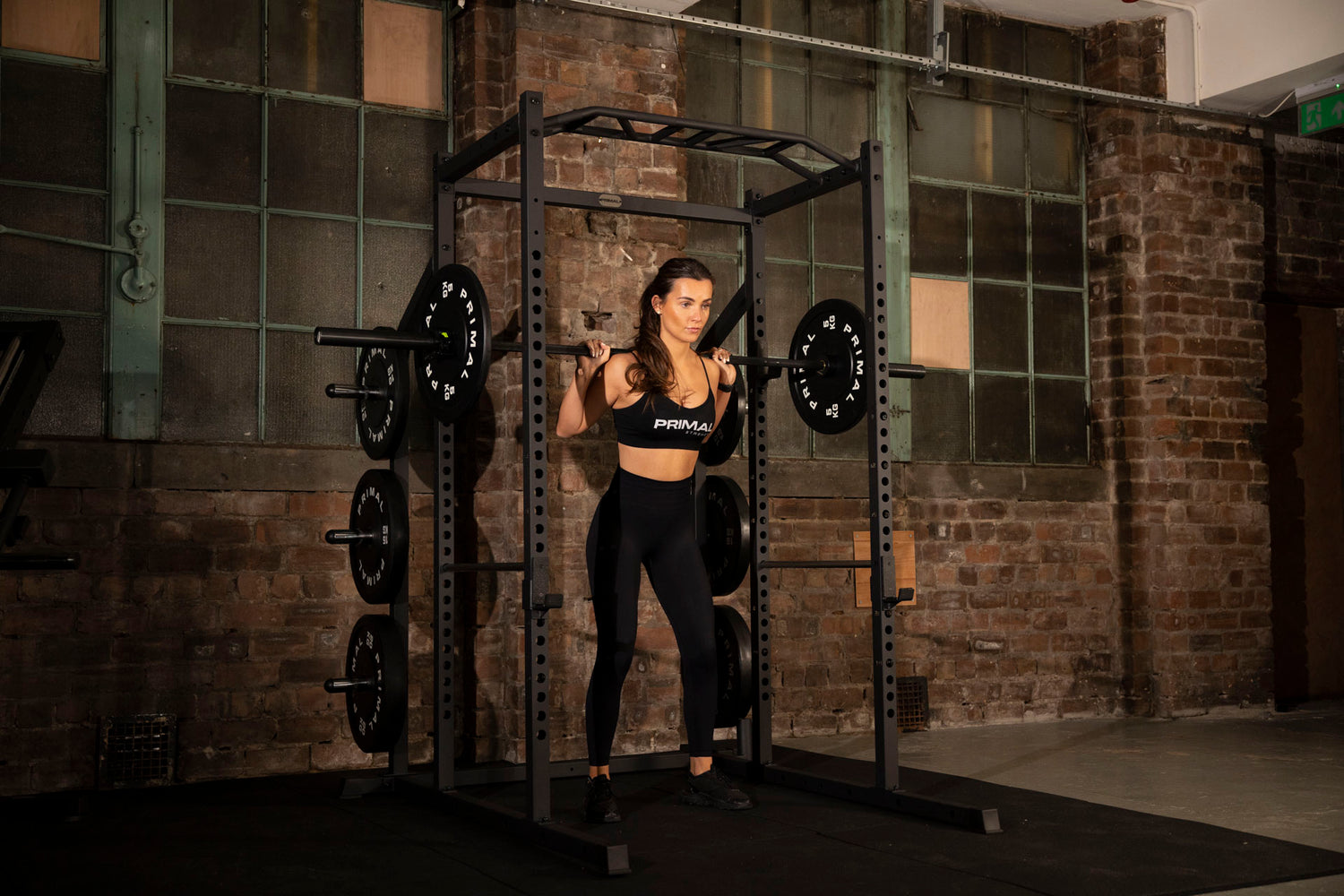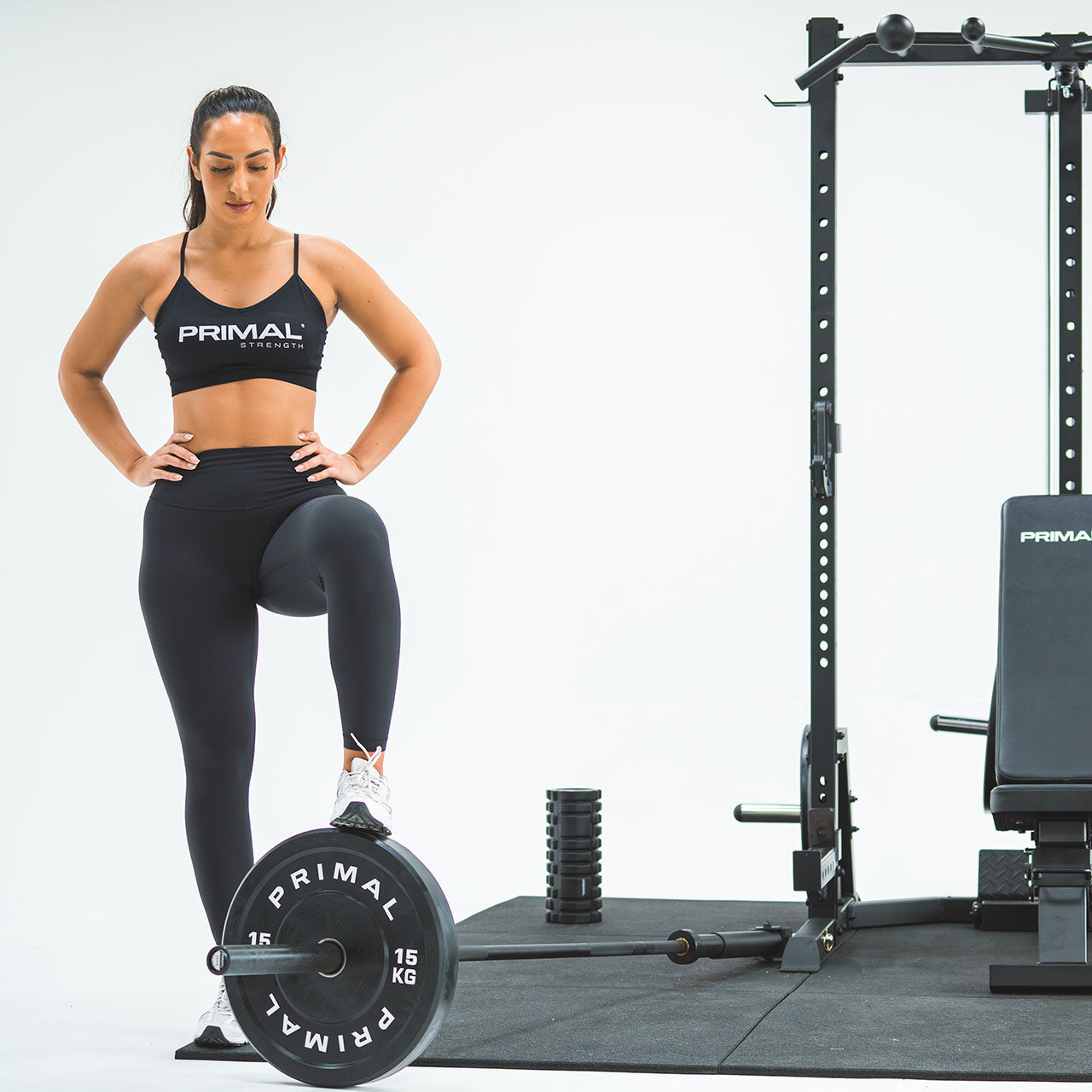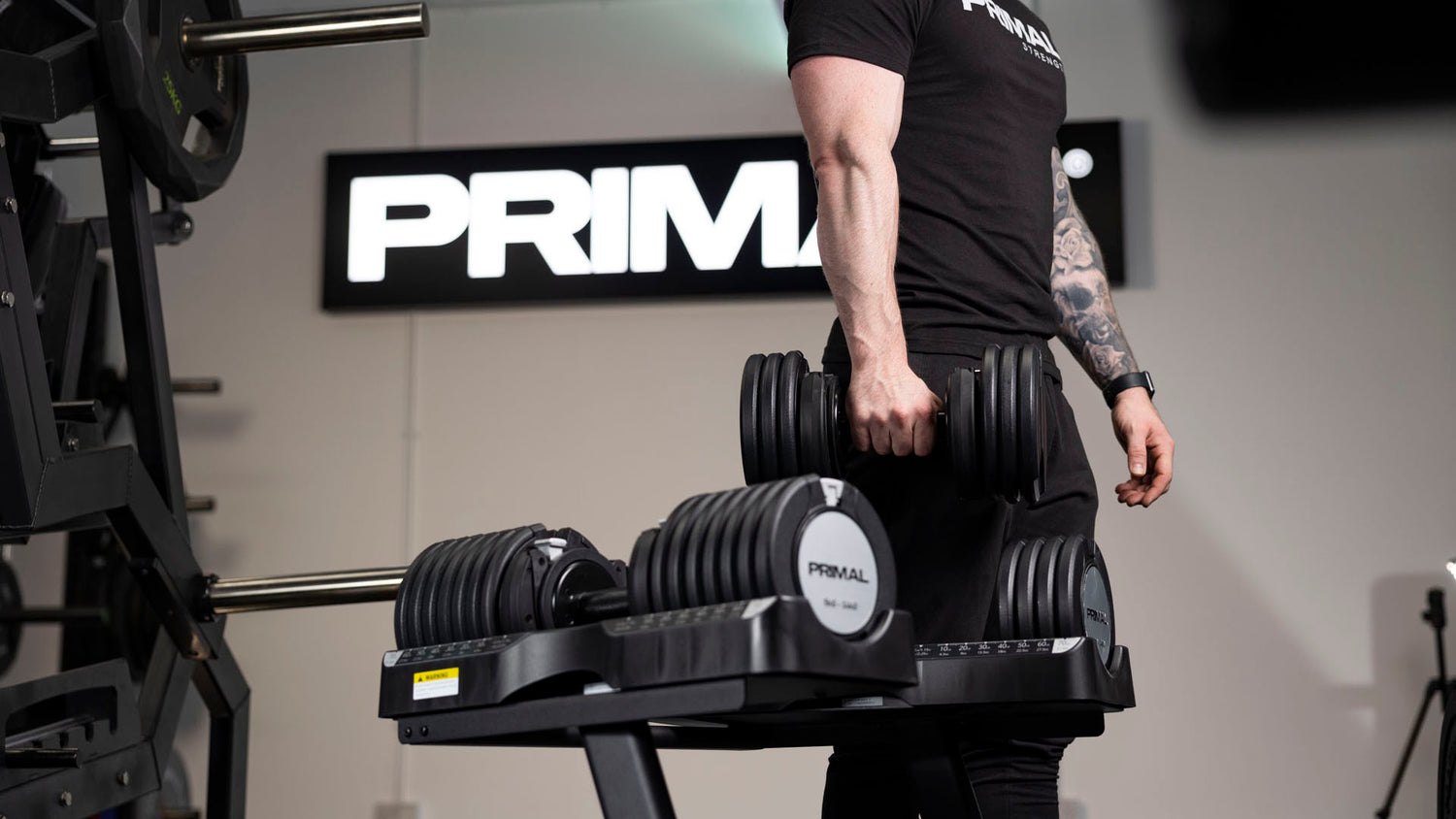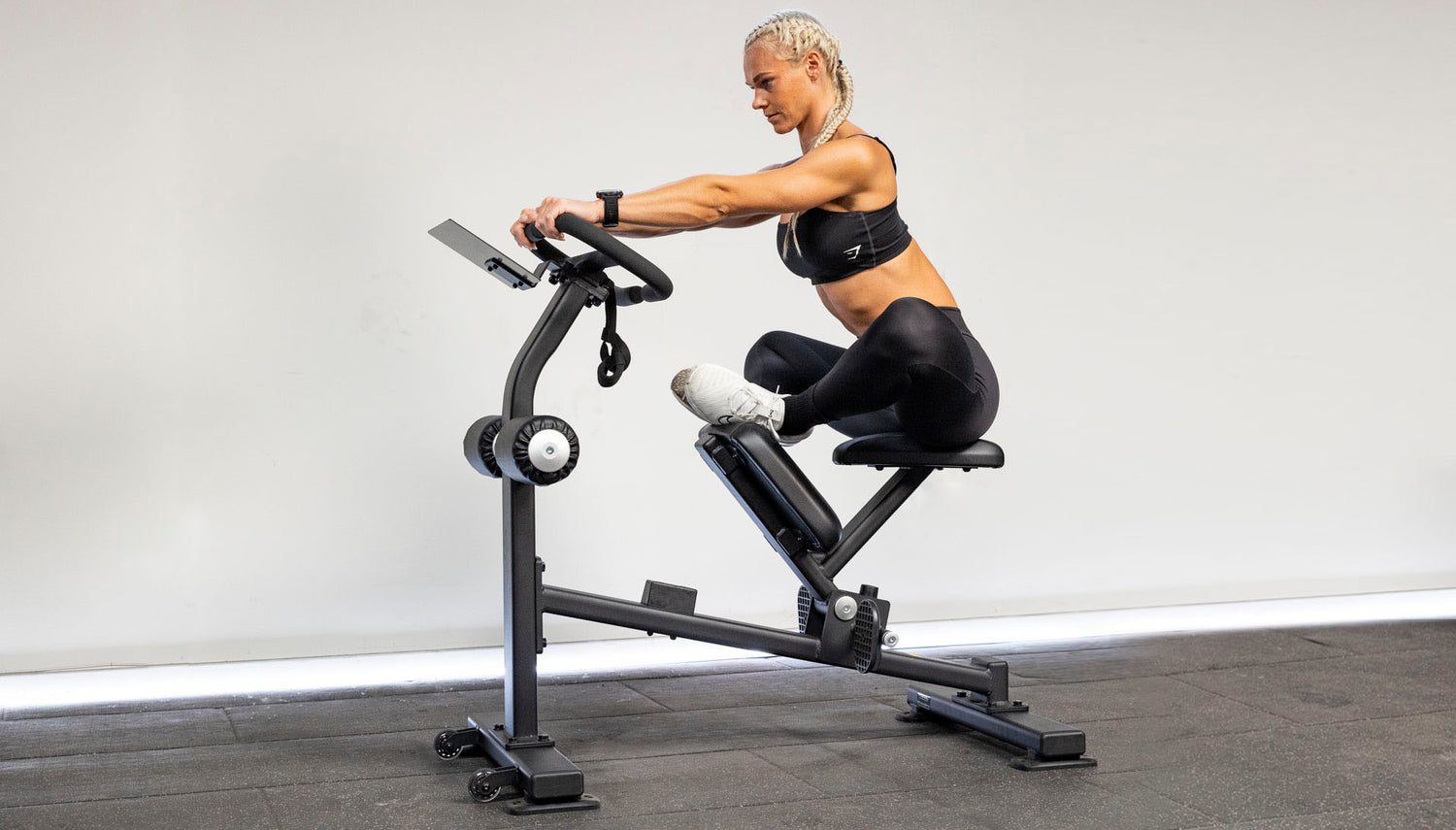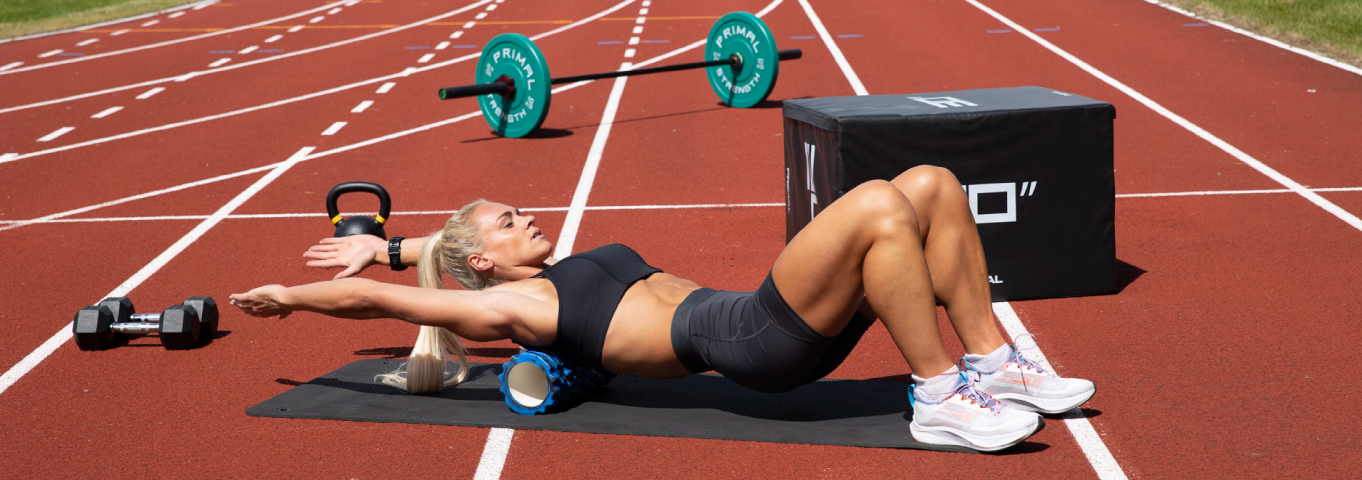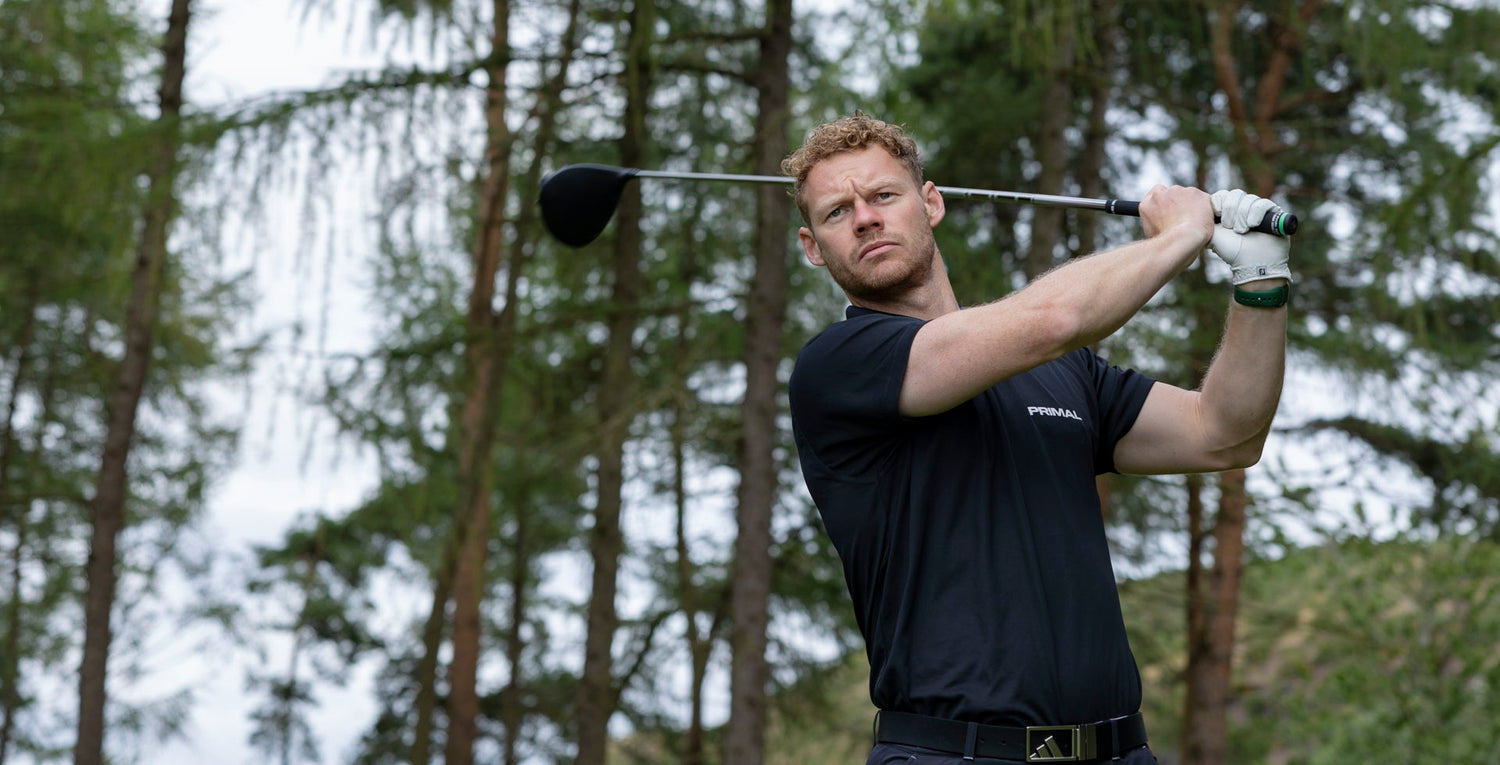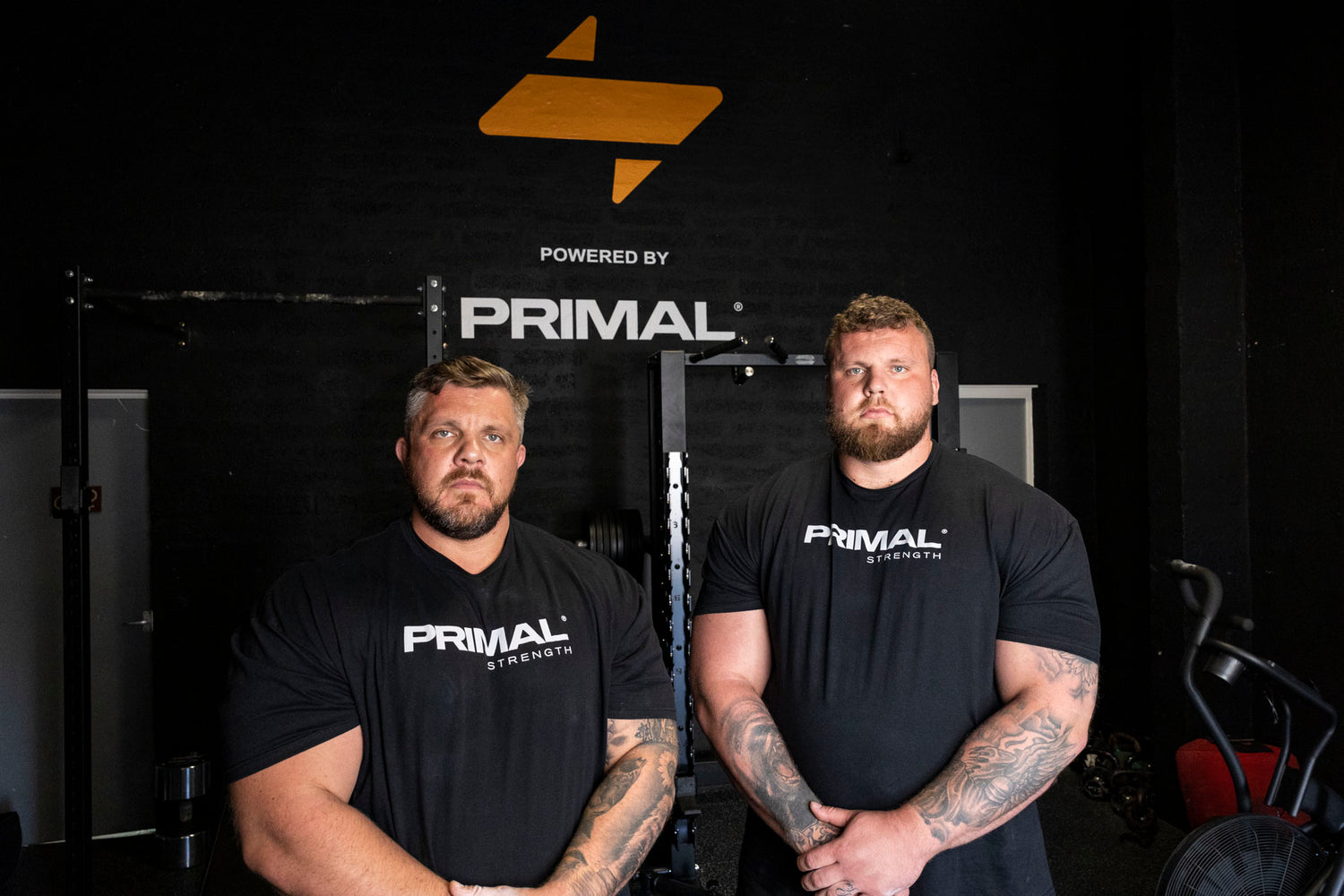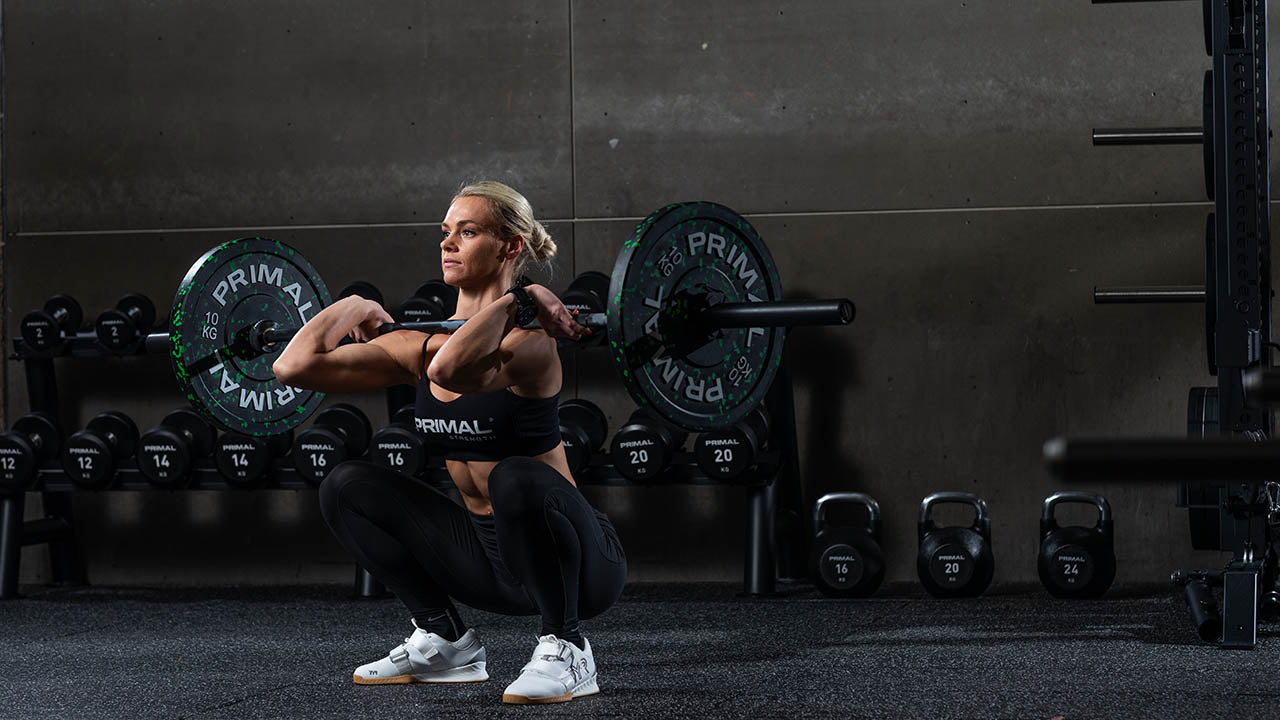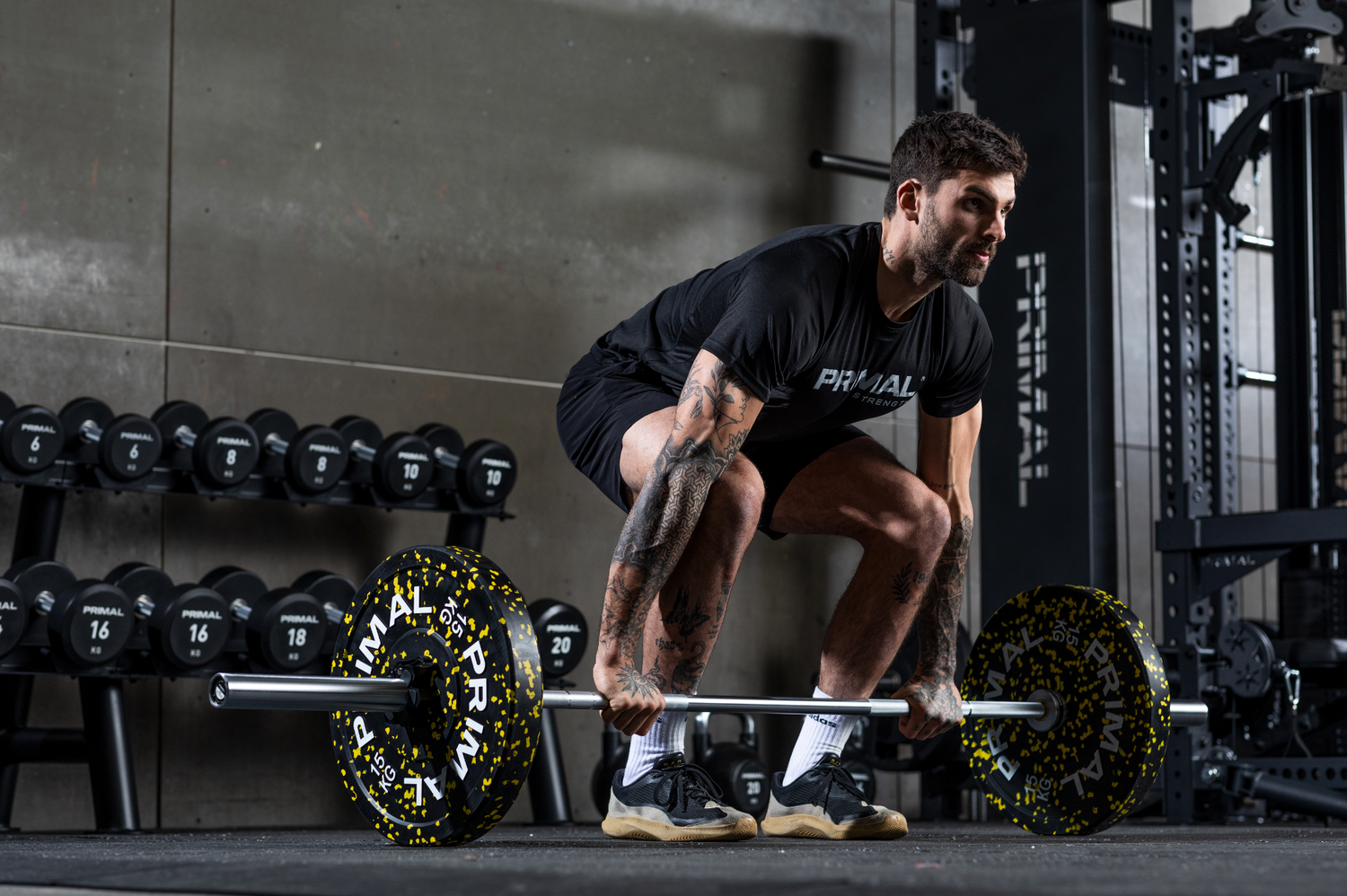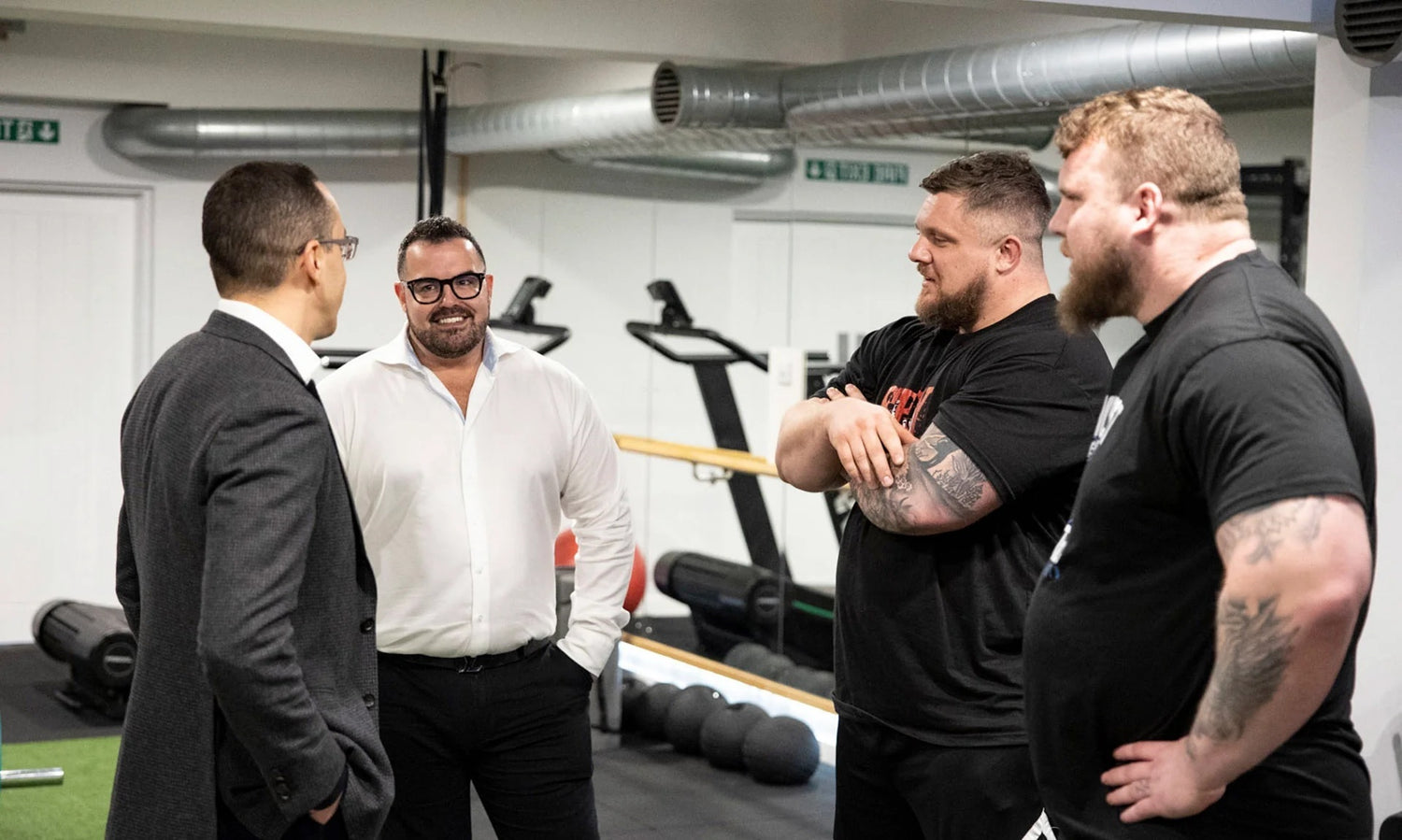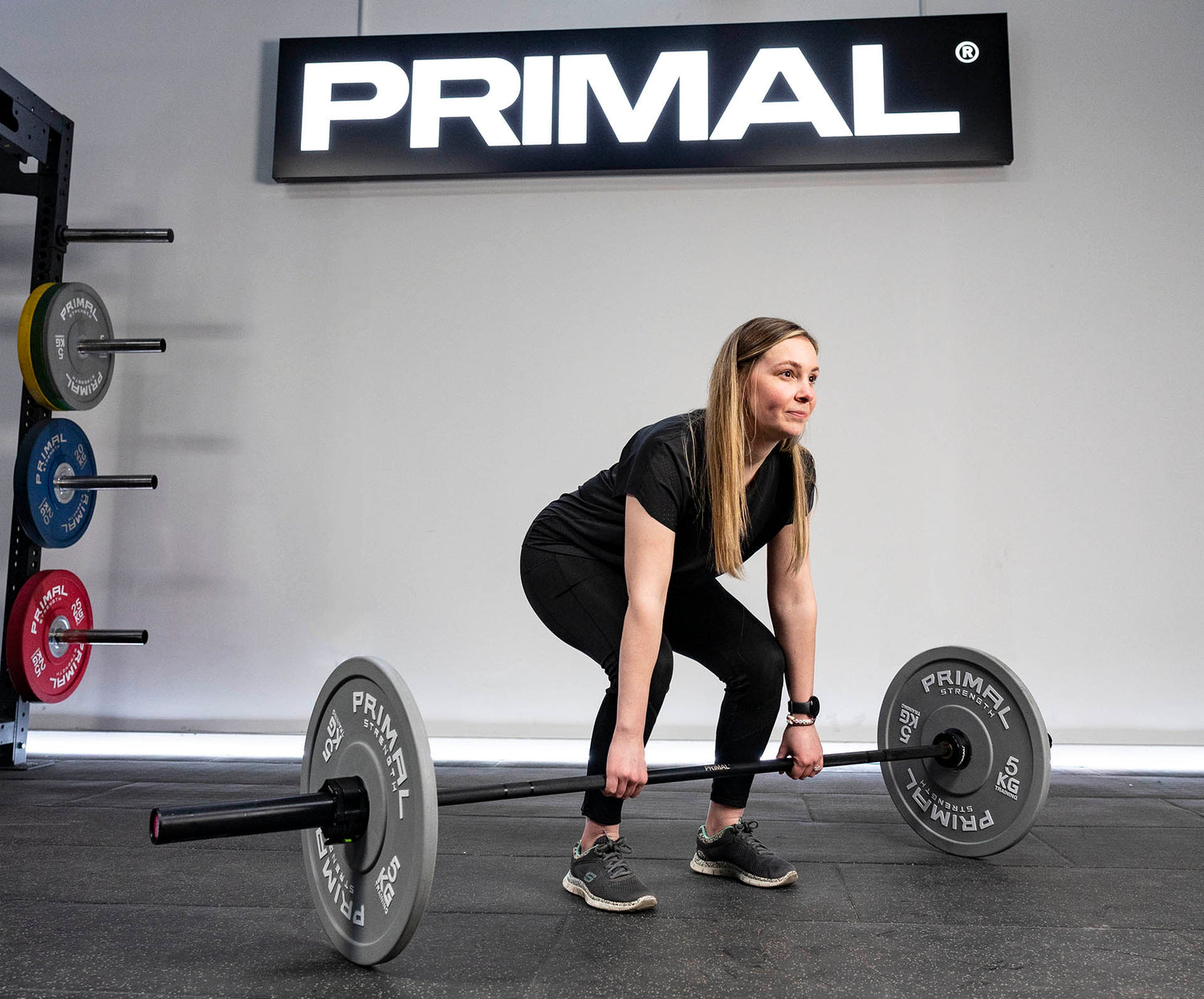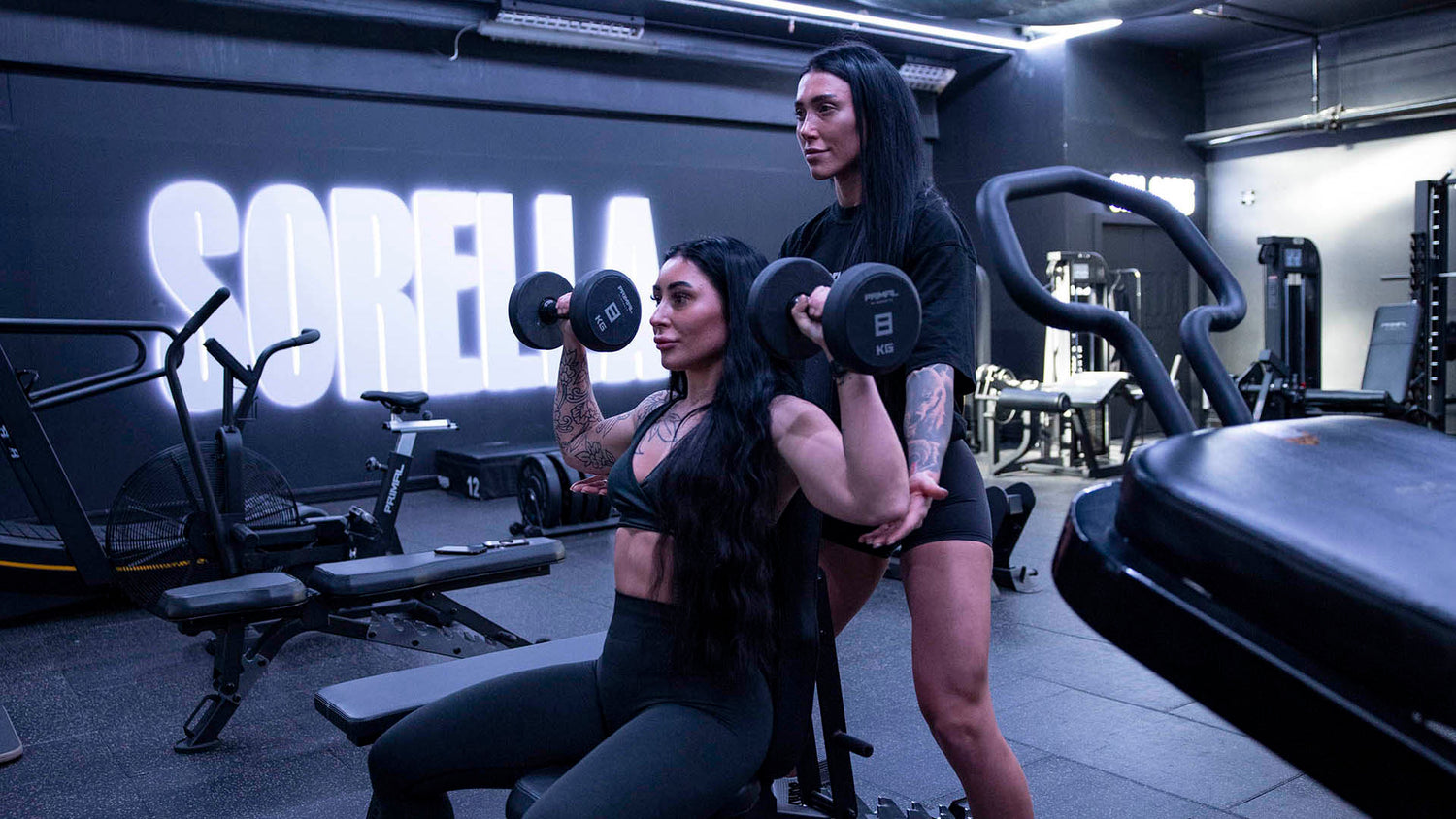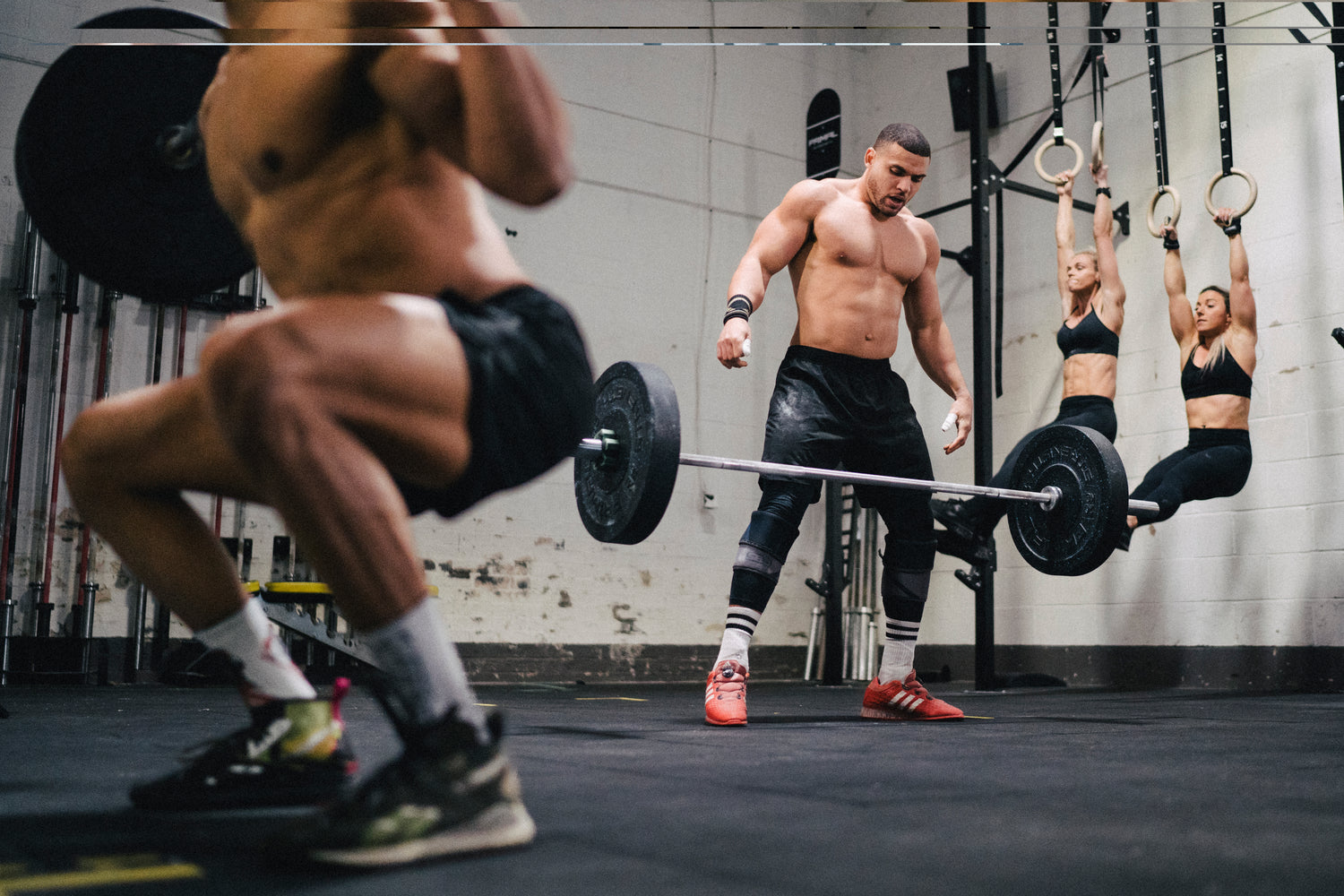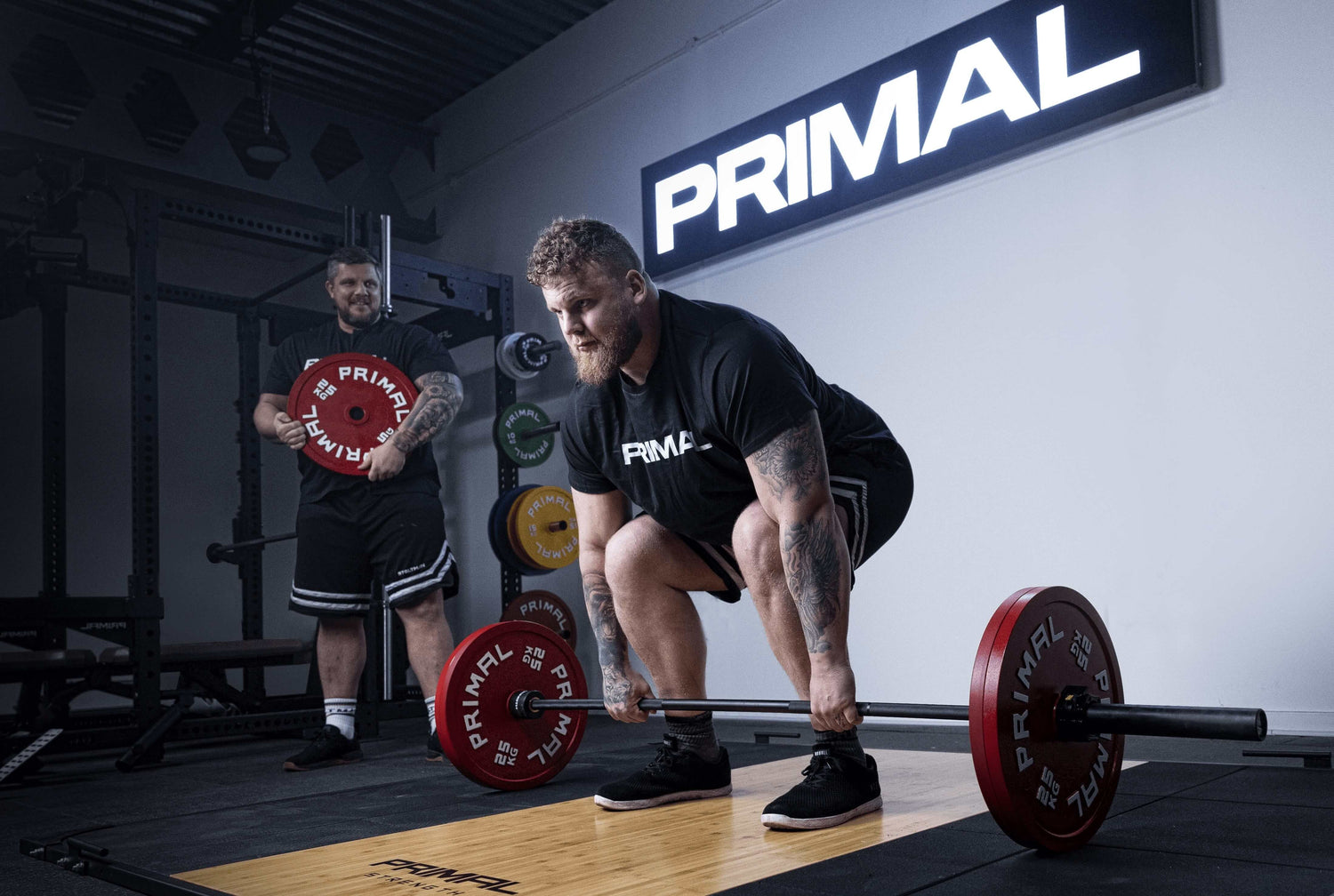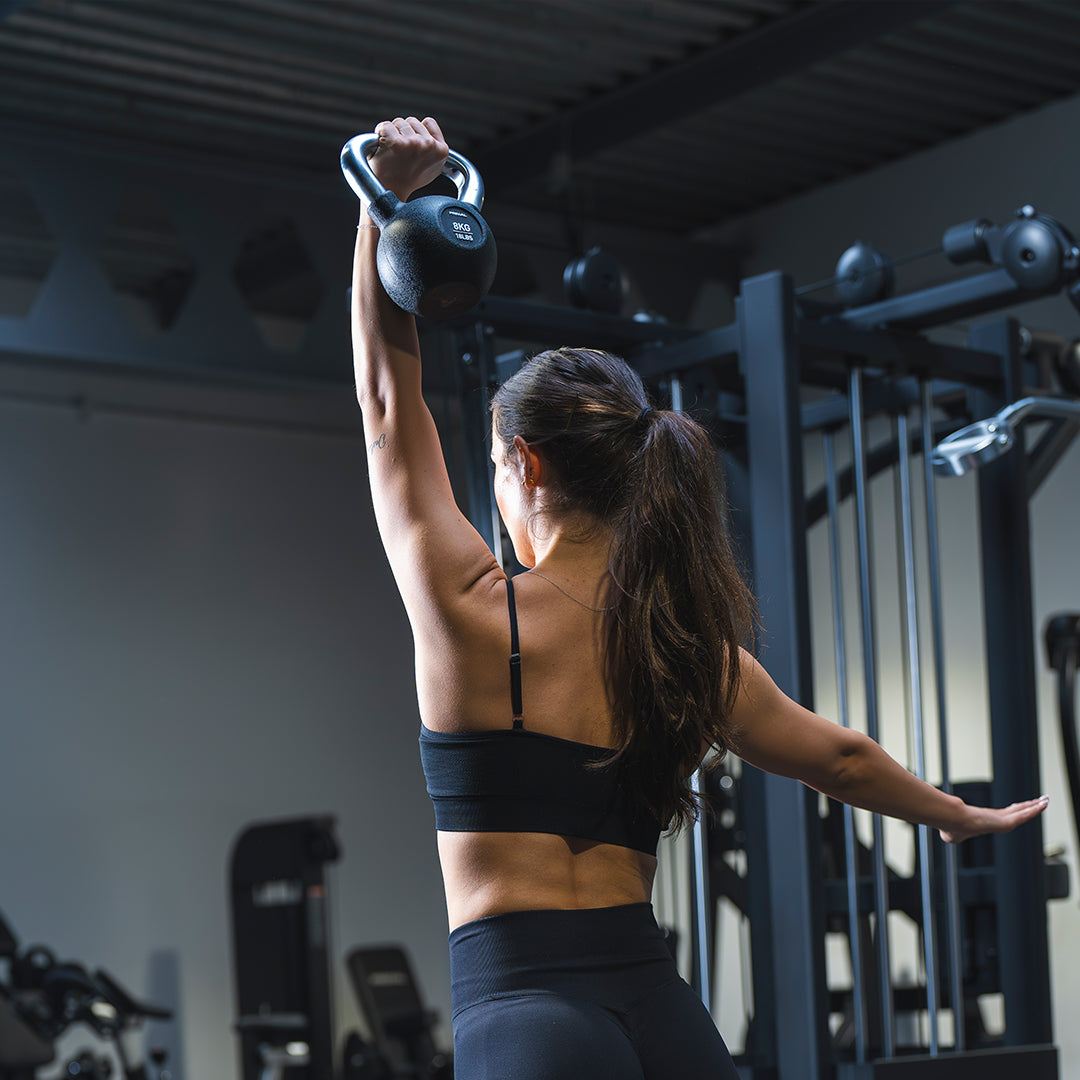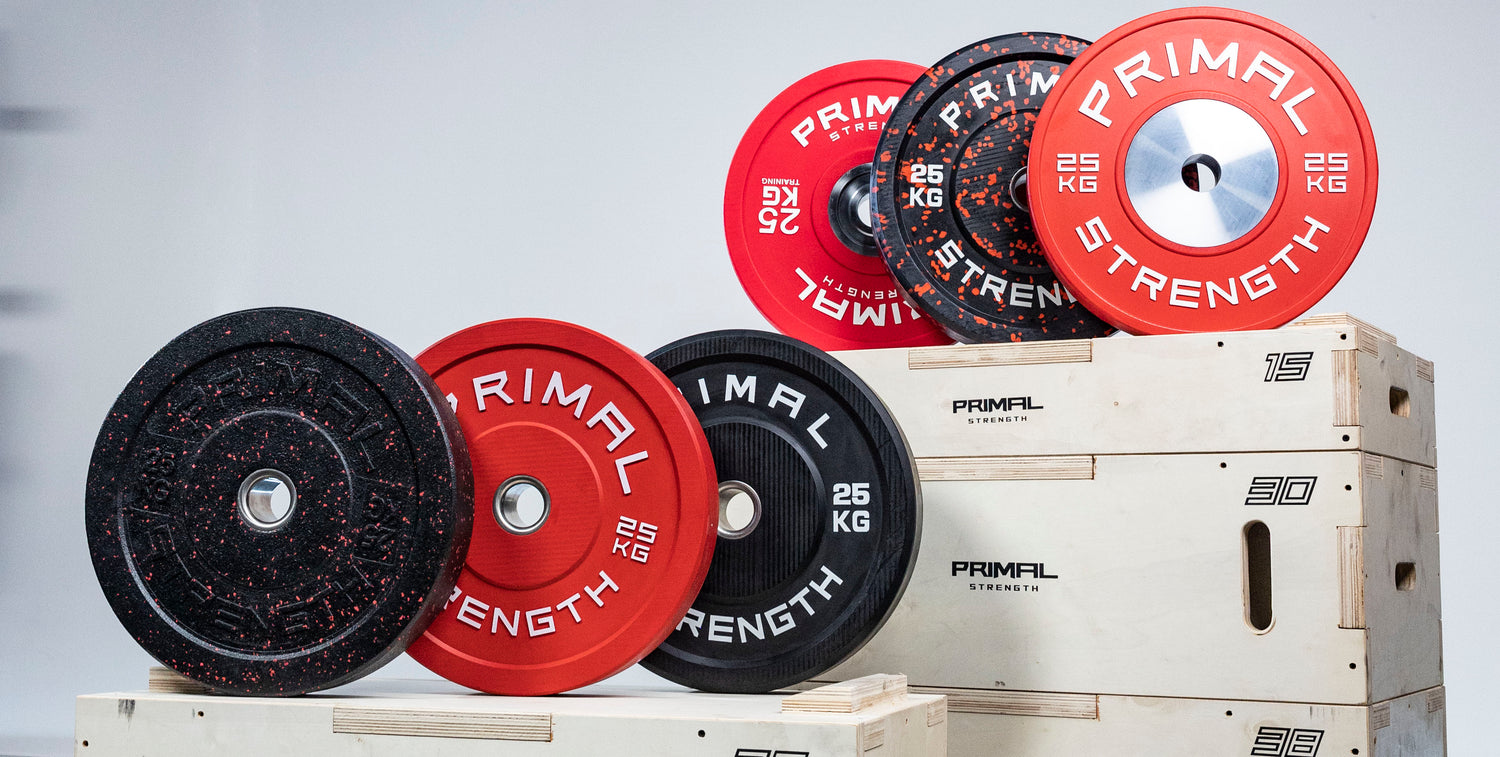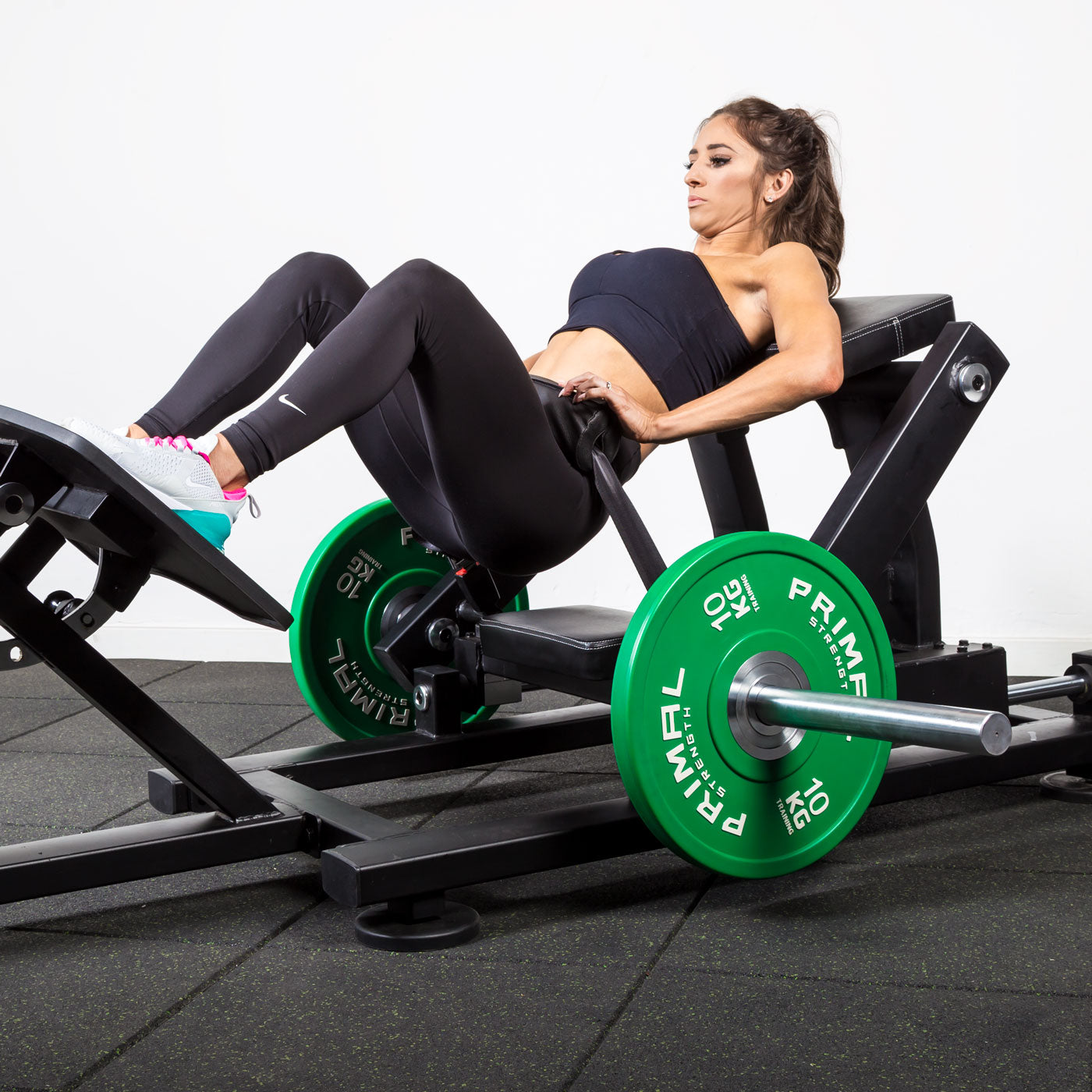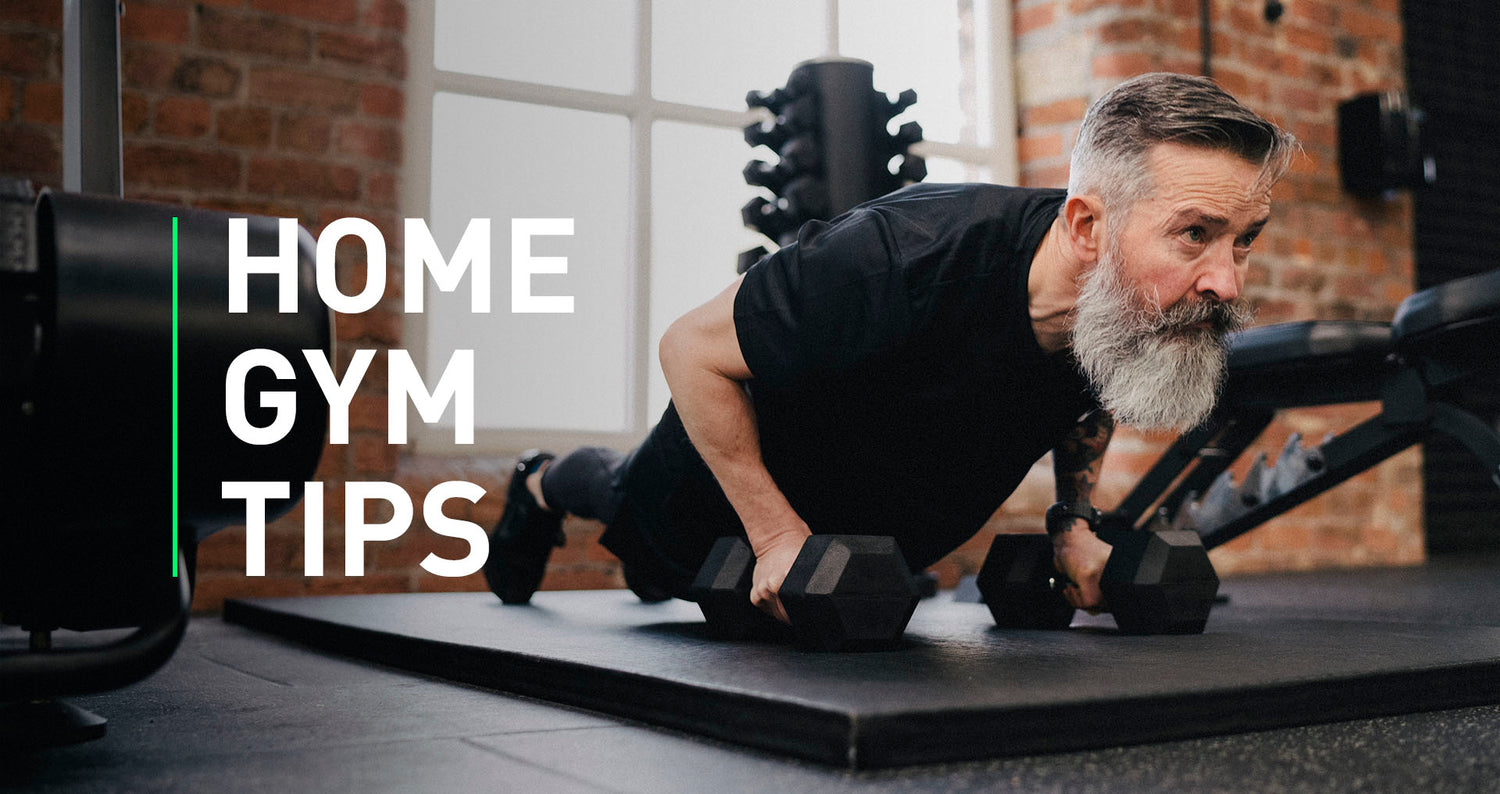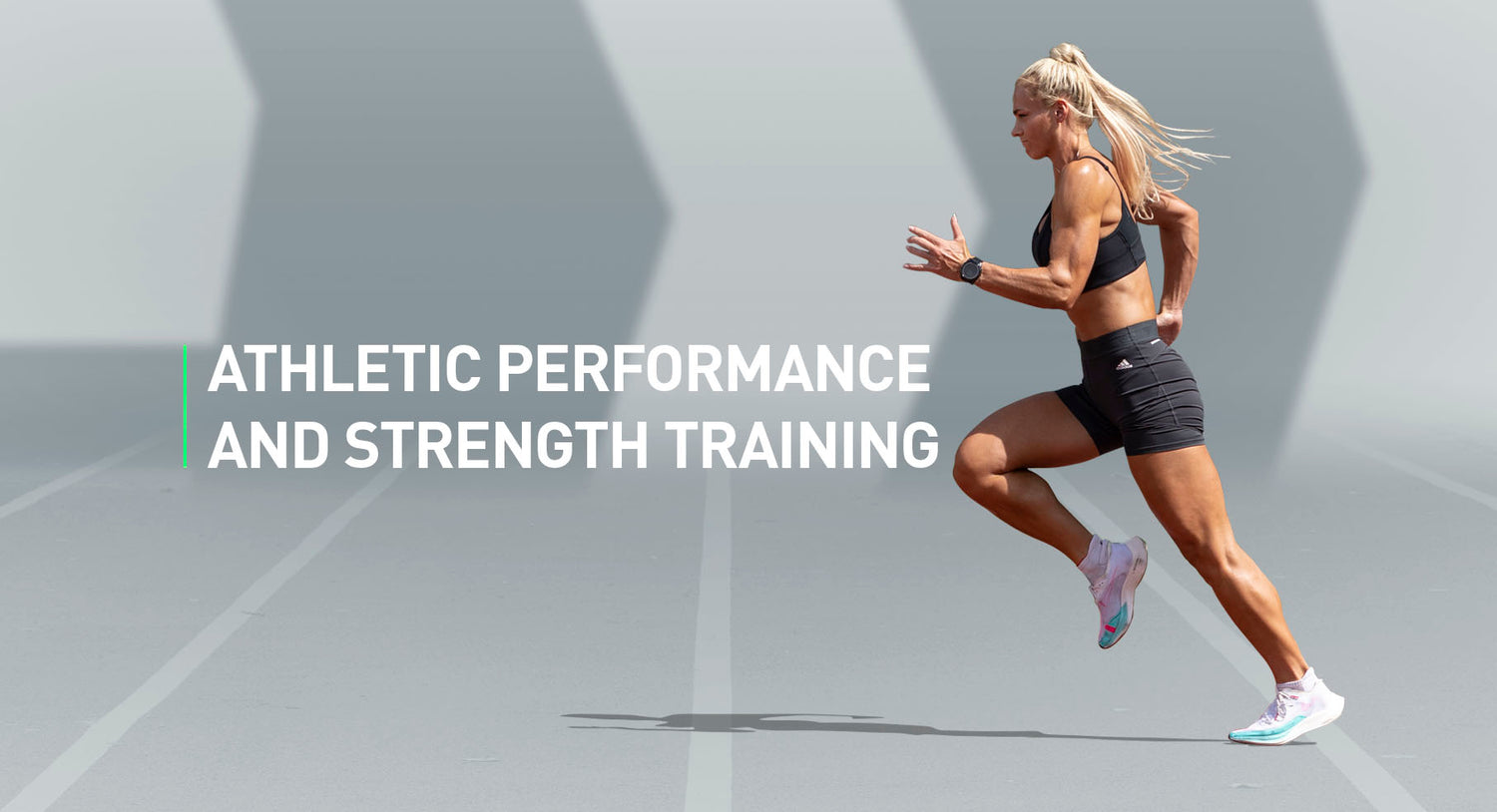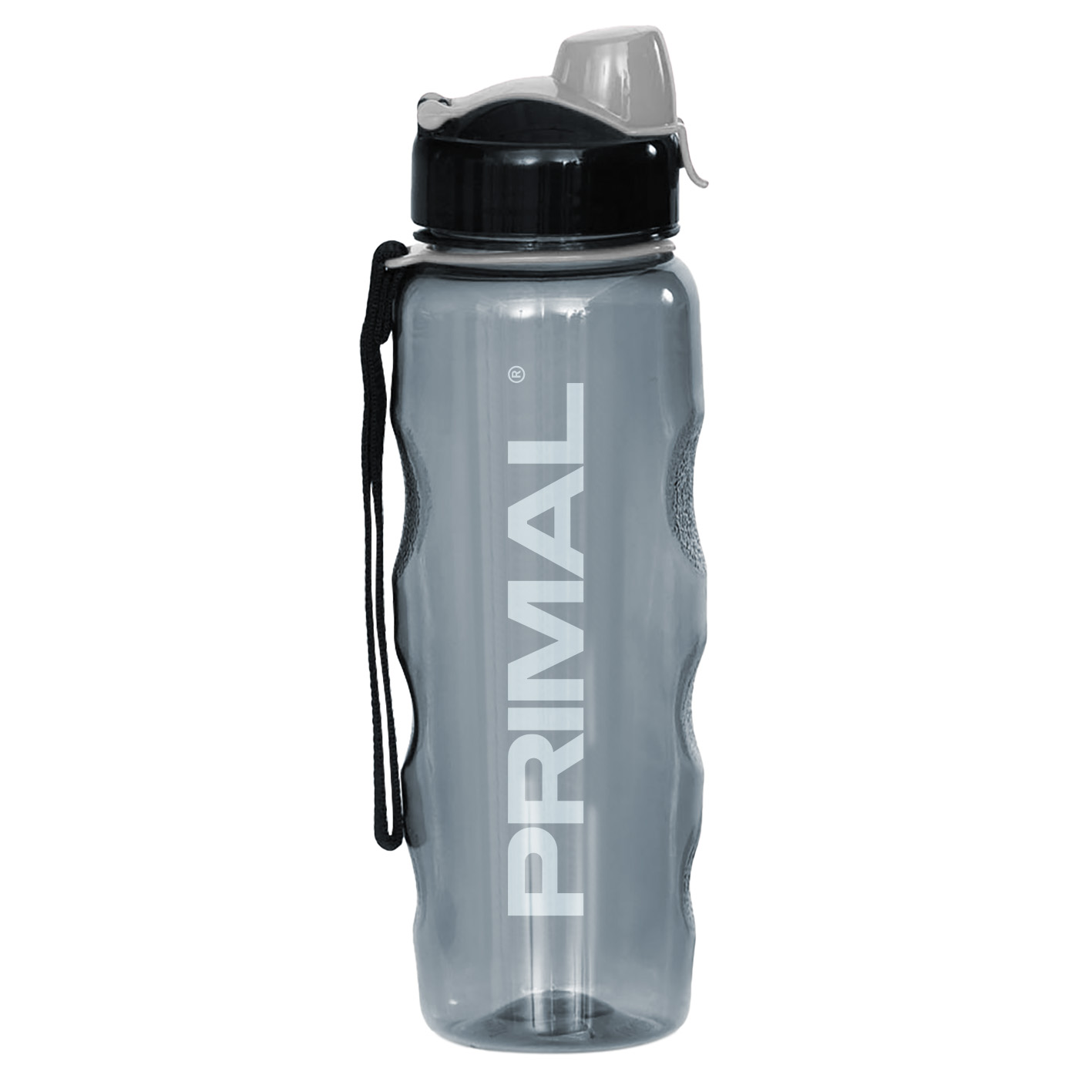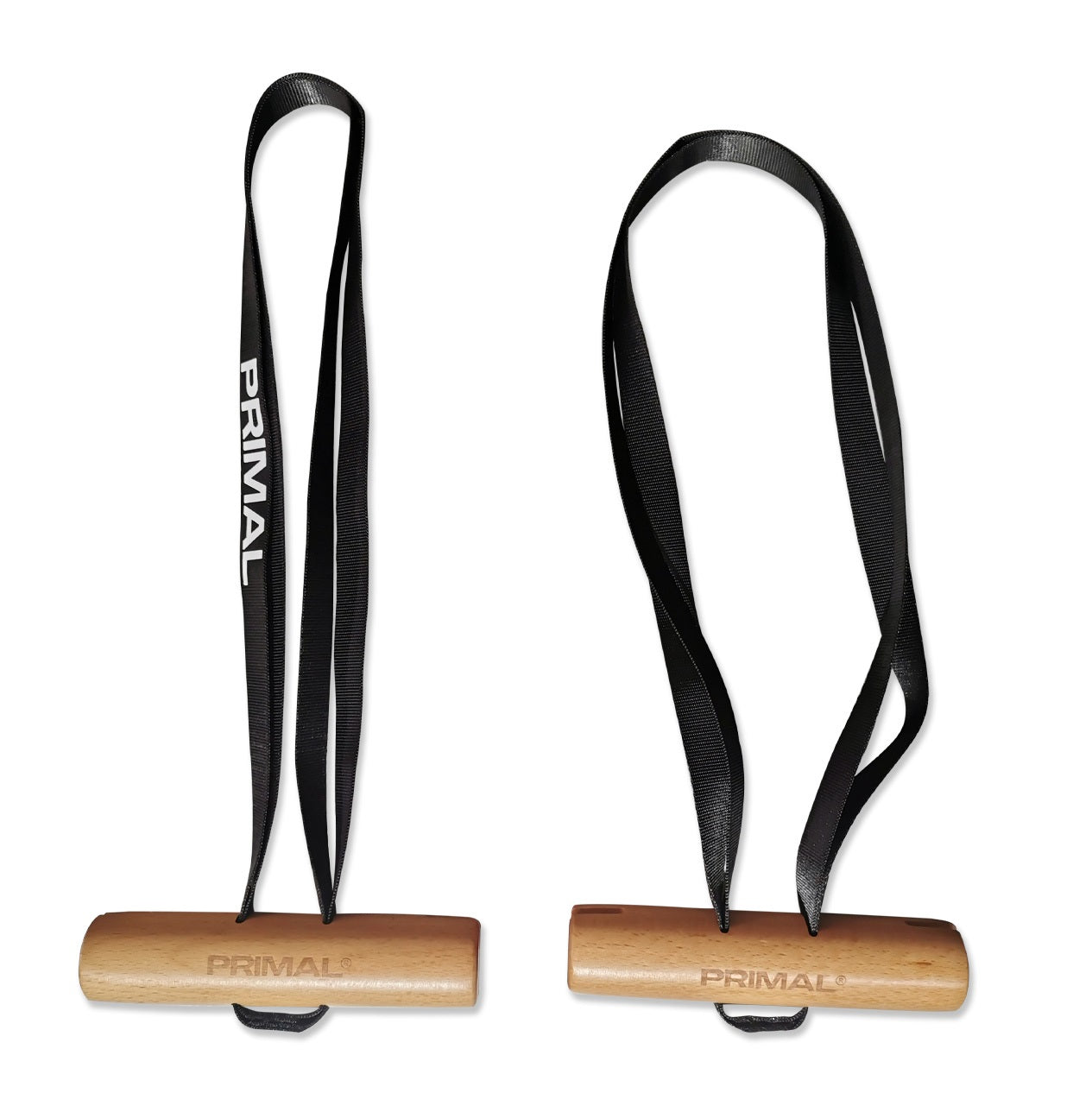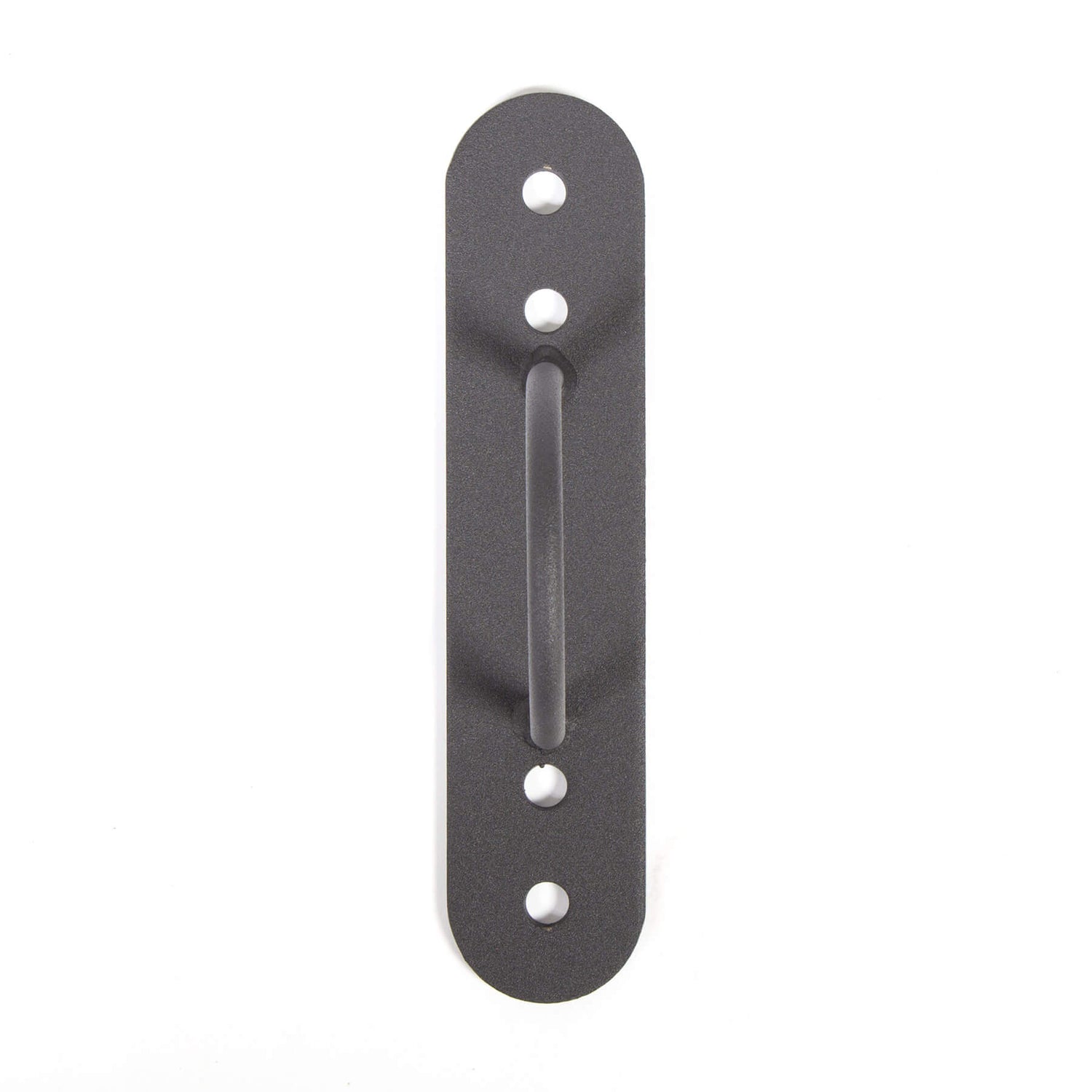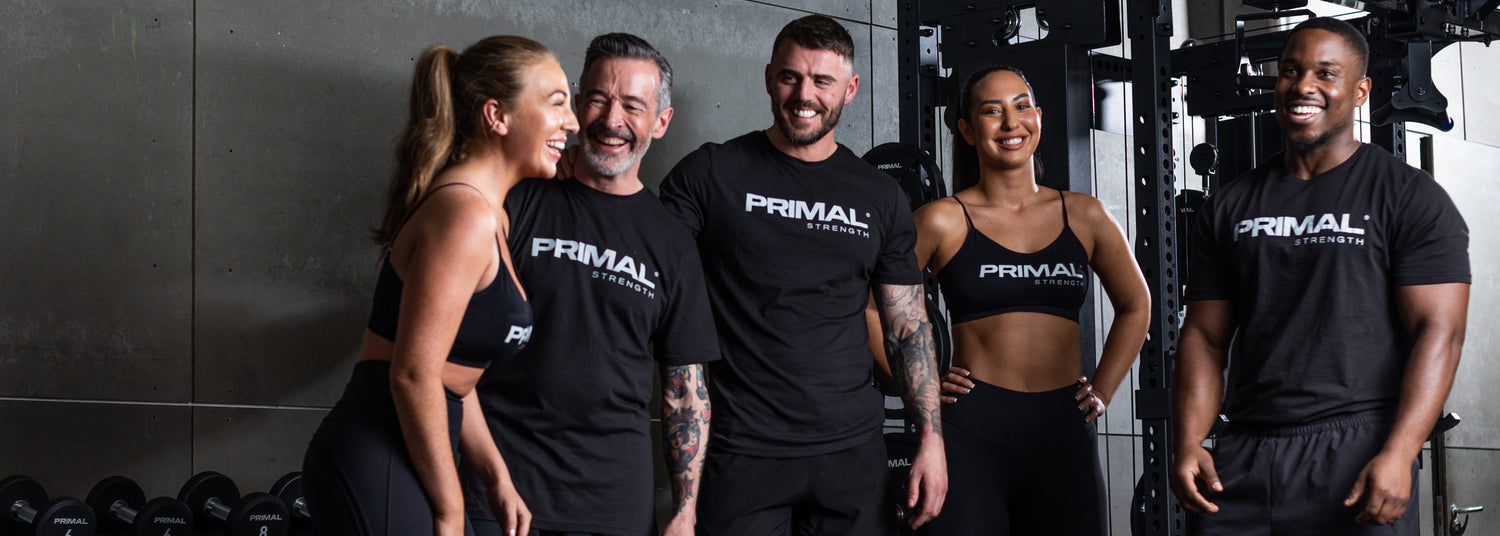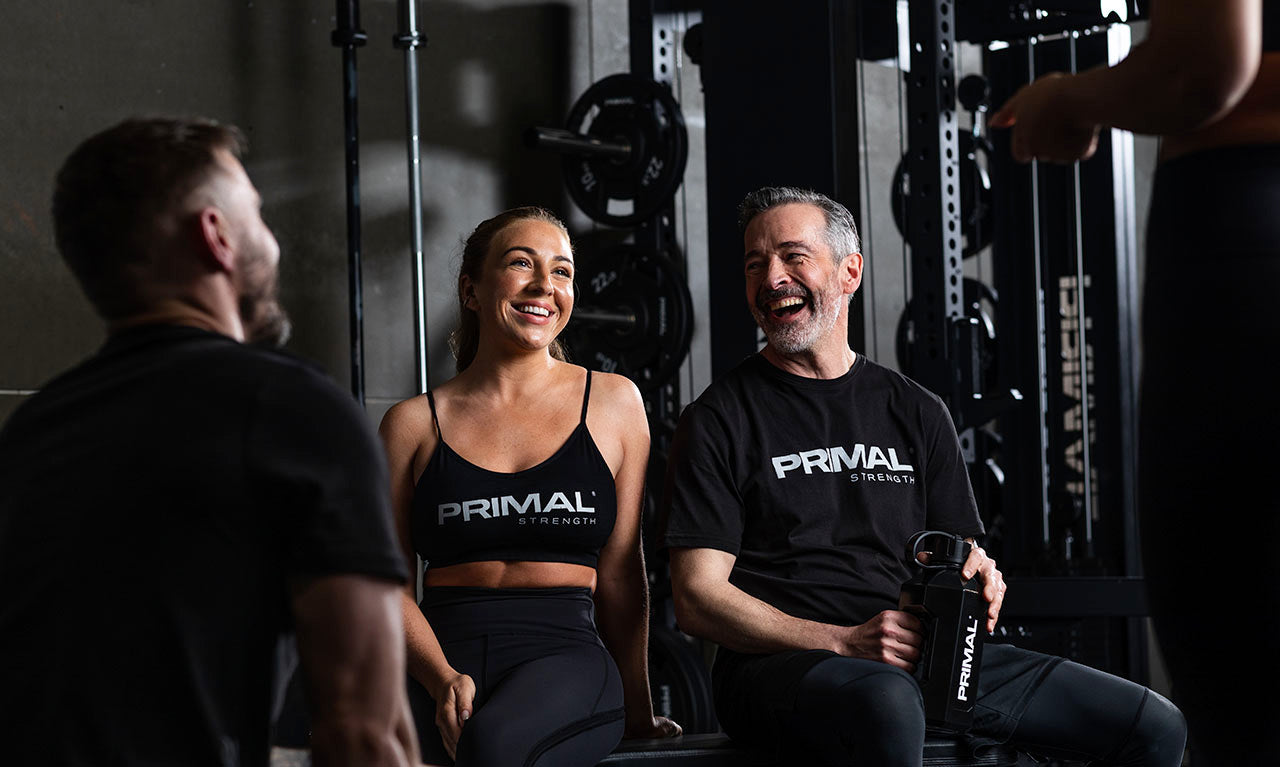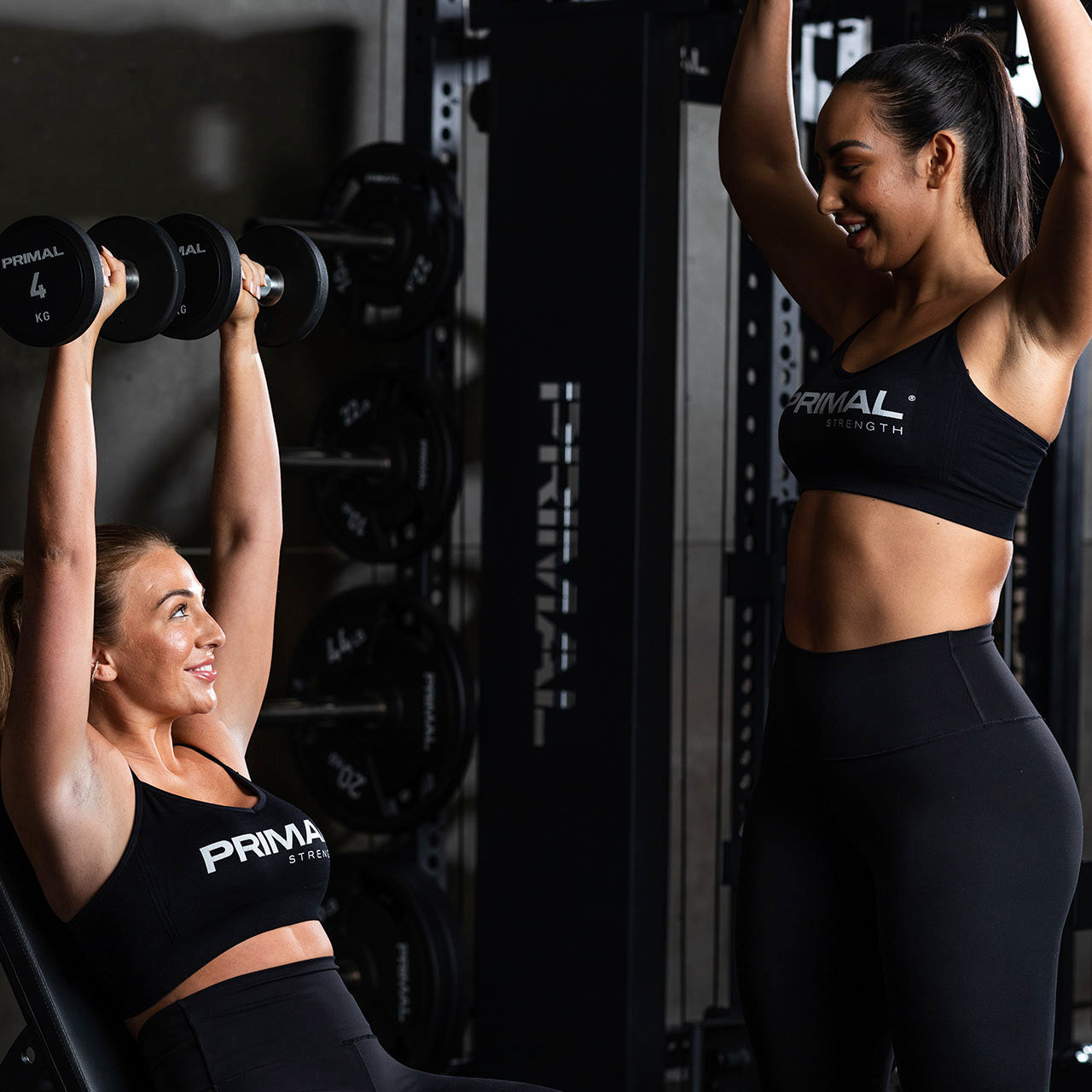
How Strength Training Improves Performance in Gymnastics and Helps Reduce Injury Risk
By Julia Stewart
Gymnasts appear light on their feet, effortlessly flexible, with natural born talent. However, gymnastics demands extraordinary physical ability, particularly from the upper body, core and lower body.
The physiological science of strength training suggests that weightlifting can significantly improve sports performance and reduce injury risk. By increasing strength, power, speed, and force transfer, strength training helps the body handle and disperse load more effectively, which is crucial for gymnasts who frequently deal with forces many times their body weight.
Why Strength Training is Essential for Gymnasts
The wrist, elbow, and shoulder joints in gymnasts often bear loads that are 2-4 times their body weight. These joints are more prone to injury than those in the legs as they don’t have the same ability to absorb force.
By incorporating weight training into their routine, gymnasts can build the strength needed to support these joints and manage the high-flying impressive feats the viewer takes for granted in their performance.
The lower body and core are also subjected to significant forces during gymnastics. A well-conditioned core and lower body can absorb shock more effectively, providing a stable foundation for complex movements. This is yet another area strength training can help with.
Gymnasts land with grace, but in reality, that impact often measures at 10-14 times body weight! Proper training is therefore essential to prepare the body for this shock.
How Strength Training Improves Performance
Strength training offers several performance-improving benefits for gymnasts:
-
Injury Prevention – as mentioned the force exerted on a gymnast’s body is more than you can see, strength in joints and muscles will help protect these athletes as they continue to take on loads much heavier than their frame.
- Builds Muscle - For some this is aesthetic, but for gymnasts, this allows them to execute movements with more power and precision. This is crucial for performing explosive skills such as vaults, tumbling sequences, and dynamic bar routines.
- Improve speed and agility - This translates to quicker, more fluid movements during routines, which is essential for achieving the edge on opponents by increasing the difficulty in scoring.
- Better muscular endurance - enabling gymnasts to maintain peak performance throughout their routines. This is particularly important for longer events where fatigue can affect form and execution.
- Improved balance - Strength training often requires stability and control, which, for gymnasts, translates into improved balance and coordination. This helps gymnasts maintain proper form during complex skills, reducing the risk of falls and errors.
What strength training looks like for gymnasts
A well-rounded strength training programme for gymnasts should include exercises that target the entire body.
Upper Body Strength Exercises such as bench presses, overhead presses, and pull-ups can strengthen the shoulders, elbows, and wrists. This is crucial for supporting weight-bearing joints and managing the high forces experienced during routines.
Core Stability Movements like planks, Russian twists, and hanging leg raises build a strong and stable core. A strong core is essential for protecting the spine and improving overall body control, which is fundamental in gymnastics.
Lower body strength exercises like squats, lunges, and deadlifts develop the legs and support high-impact landings. A powerful lower body can help gymnasts perform explosive movements and land safely, reducing the risk of injuries.
Overhead Press
- How to Perform: Stand with feet shoulder-width apart, hold a barbell at shoulder level with palms facing forward. Press the barbell overhead until arms are fully extended. Lower back to the starting position.
- Benefits: Strengthens shoulders, triceps, and upper back, crucial for supporting weight-bearing joints in the upper body.
Planks
- How to Perform: Start in a push-up position but rest on forearms instead of hands on a mat. Keep the body straight from head to heels. Hold this position for as long as possible.
- Benefits: Improves core stability, crucial for protecting the spine and improving overall body control.
Hanging Leg Raises
- How to Perform: Hang from a pull-up bar with arms fully extended and legs straight. Engage your core and lift your legs until they are parallel to the floor or higher, then lower them back to the starting position.
- Benefits: Targets the lower abs and hip flexors, for core strength and stability. This exercise helps improve overall body control and is important for performing gymnastic movements.
Squats
- How to Perform: Stand with feet shoulder-width apart, hold a barbell across the upper back. Bend the knees and lower the body as if sitting back into a chair, keeping the back straight. Return to the starting position. Alternatively, this can be performed using a smith machine as the bar or dumbbells held at either side of the body.
- Benefits: Strengthens the quadriceps, hamstrings, and glutes, vital for powerful jumps and safe landings.
Including strength training into a gymnast’s routine not only improves athletic capability but also promotes long-term health and resilience. A lesson for us all!
Strength. It’s in us all.
References
Bourdon PC, et al. Monitoring Athlete Training Loads: Consensus Statement. International Journal of Sports Physiology and Performance, 7. 2017, 12, S2-161 -S2-170
Podlogar T., Kolar J., Optimization of training for muscle hypertrophy and it’s implication into gymnastics. 2017. Conference Paper 108-120
